Analog Forever Magazine Edition 6 Artist Announcement!
Cover Image © Deborah Parkin | Pre-Order Your Copy Now! Click Here!
Analog Forever Magazine is proud to announce our sixth print publication (order here) will be published and released in June 2022. We are excited to present to you a unique journal featuring 10 analog and experimental photographers from around the globe, each exploring various methods for using the medium we love in individual, creative ways. Inside, you will find interviews with Michael Massaia, Deborah Parkin, Amanda Marchand, and Amy Sue Greenleaf accompanied by portfolio features of Leila Ali, Renée Jacobs, Christian K. Lee, Loren Nelson, Graciana Piaggio, and Manon Weiser.
In addition, our staff has selected 16 stand-out images for our column Heart of the Issue, which allows us to publish single images from great artists we think you should know! Congratulations to: La Fille Renne, Sara Robinson, Amy Elizabeth, Frances Bukovsky, Cami Turpin, Andrew Rovenko, Colin McAlpine, Michael Park, J Marie Valdivia, Max Kellenberger, Scott Palmer, Abe Parkin, Barbara Hazen, Dana Christensen, Tracy Longley-Cook, and Cynthia Fleury!
We are thrilled to present to you this preview of the artists selected for Analog Forever Magazine’s sixth edition to satisfy your senses until you can hold this 150+ page publication in your hands. Please enjoy this sneak peek, explore the artists’ websites, follow them on social media, and get ready for the sixth part of our analog photography revolution!
Lastly, we couldn’t make our publication possible without the support of our sponsors. We want to thank the following companies listed below for their support and generosity as we get ready to launch Edition 6. Please support them as you do us; we couldn’t do it without them!
Sponsors
Analog Forever Magazine - Edition 6 Artist Selection
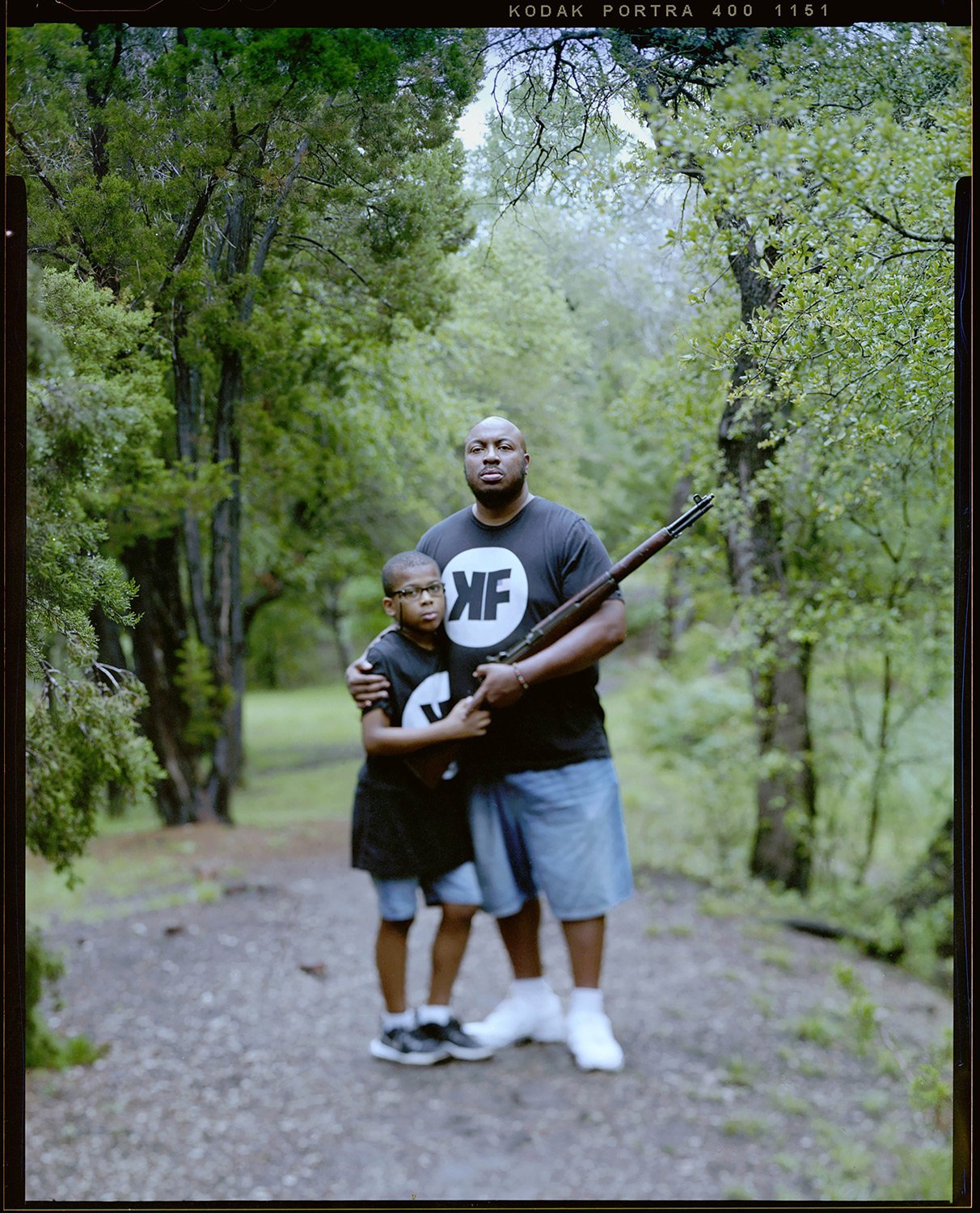
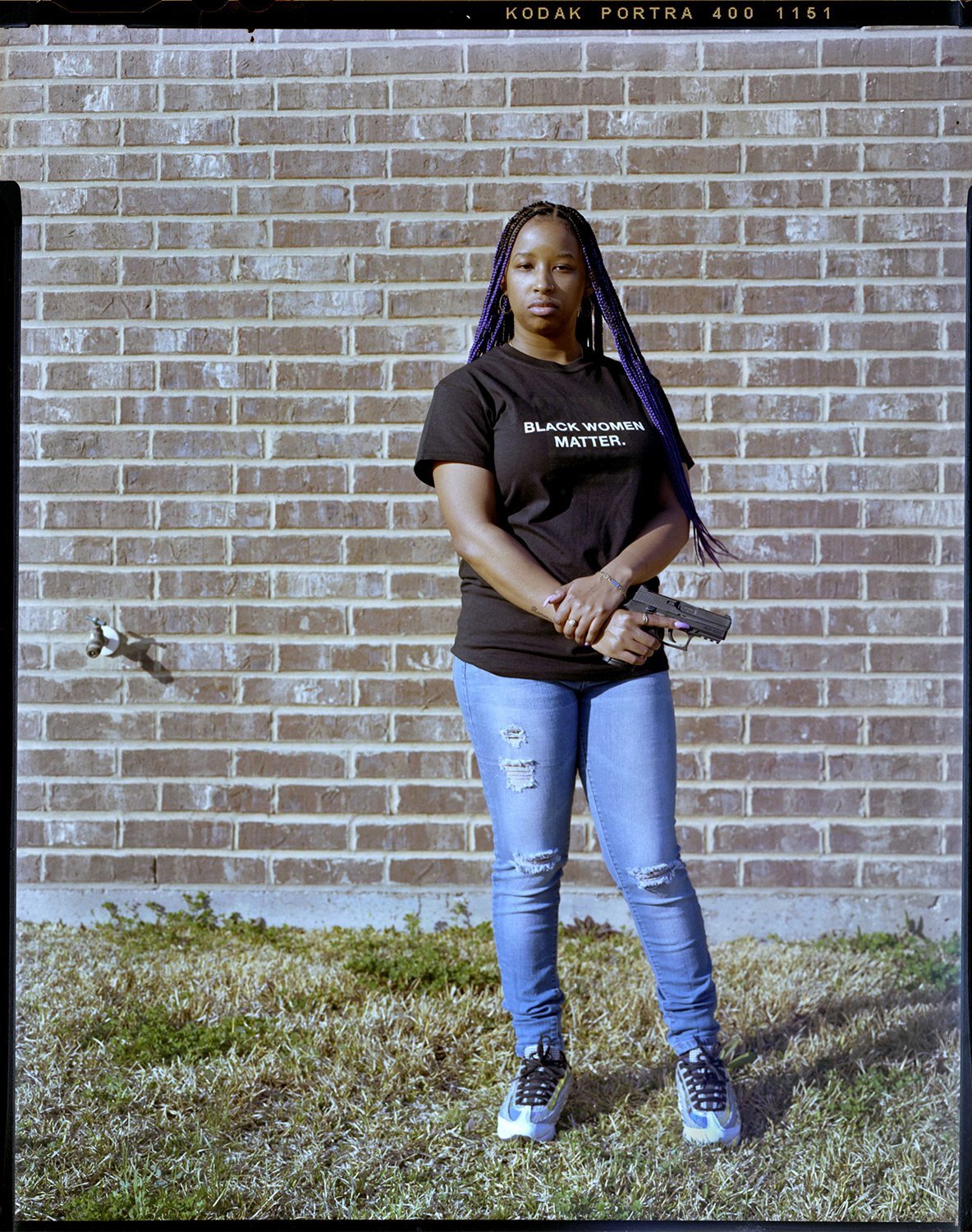
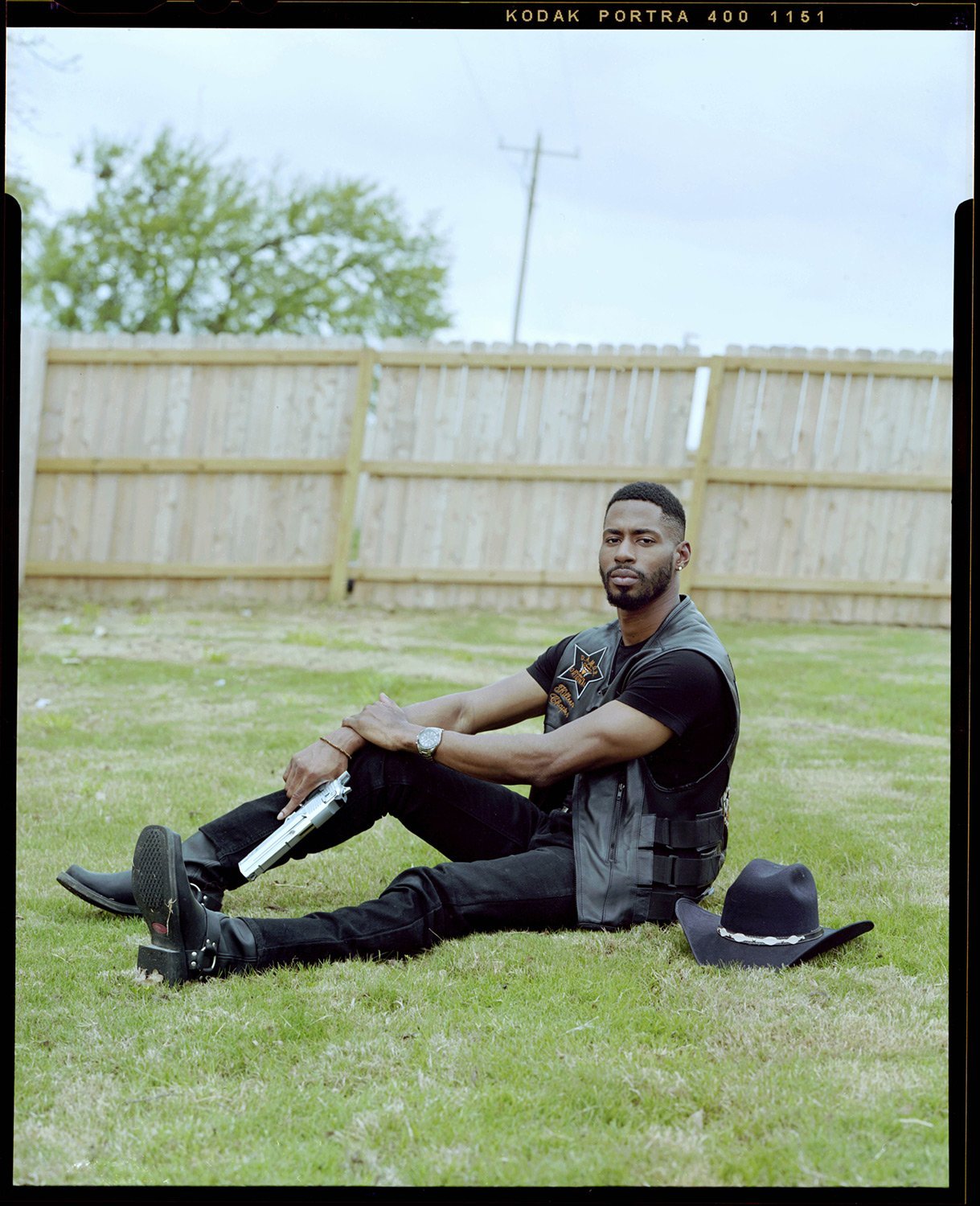
Feature:
Christian K. Lee - “Armed Doesn’t Mean Dangerous”
Website | Instagram
After discovering the power of community-based photojournalism, Chicago native Christian K. Lee began to make the photographs he wished he had seen growing up. Now based in Austin, Texas, he works as a photojournalist and in logistics in the United States Army. In his project Armed Doesn’t Mean Dangerous, he confronts the continued history of Black people being unable to assert their second amendment rights without infringement. Armed Doesn’t Mean Dangerous is a series of intimate environmental portraiture depicting Black gun owners throughout Texas, an open carry state, as a way to deconstruct societal myths painting black gun ownership as dangerous.
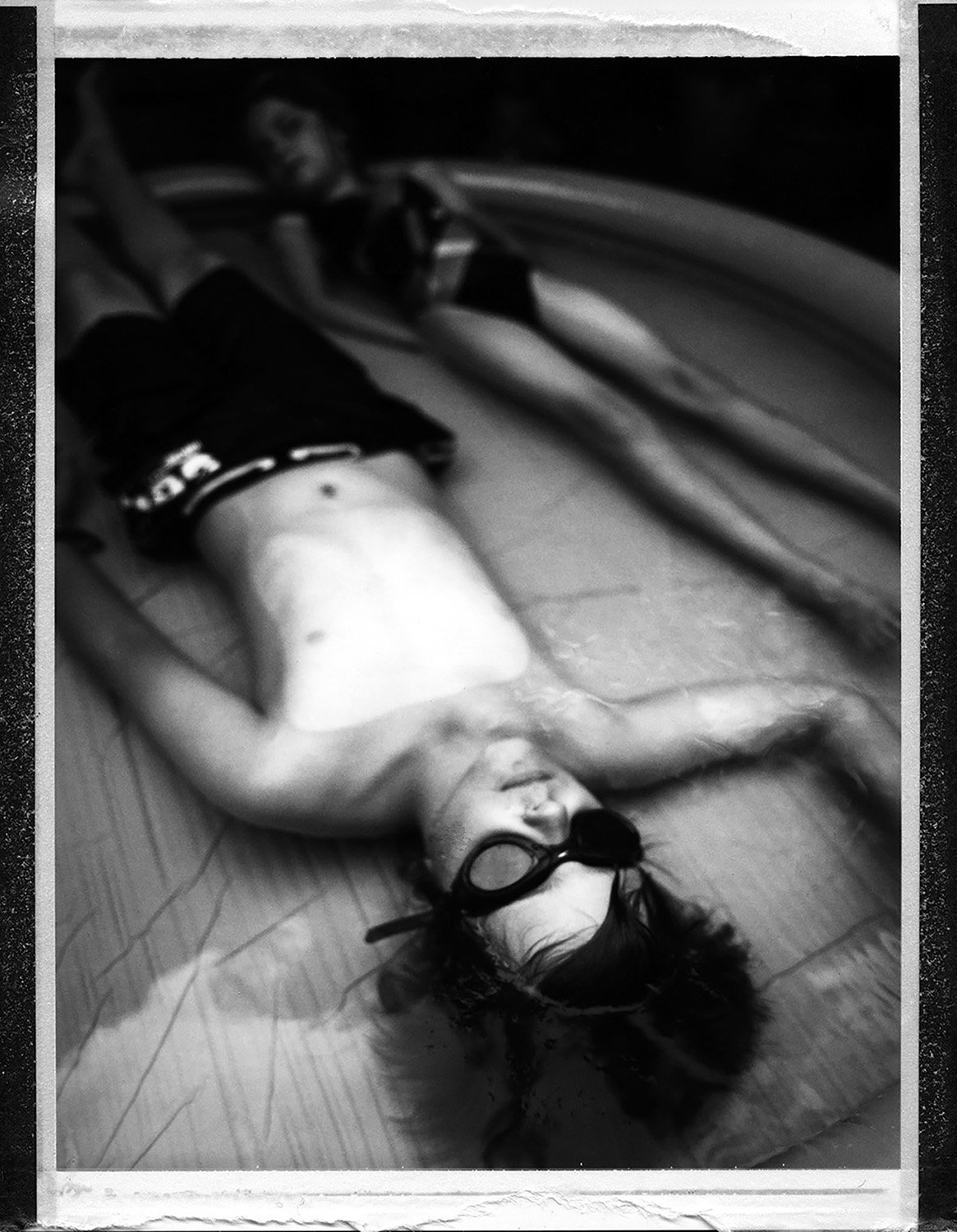
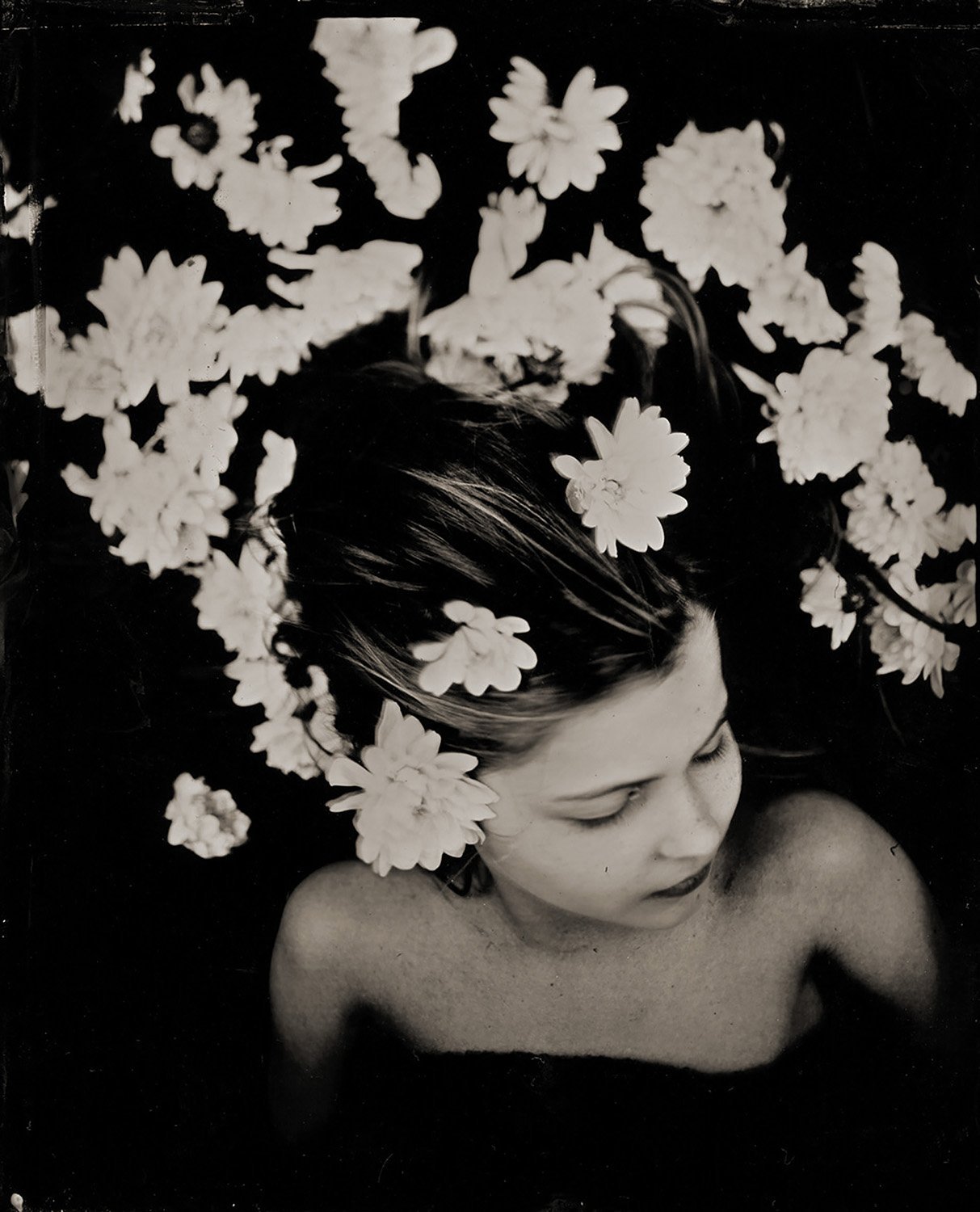
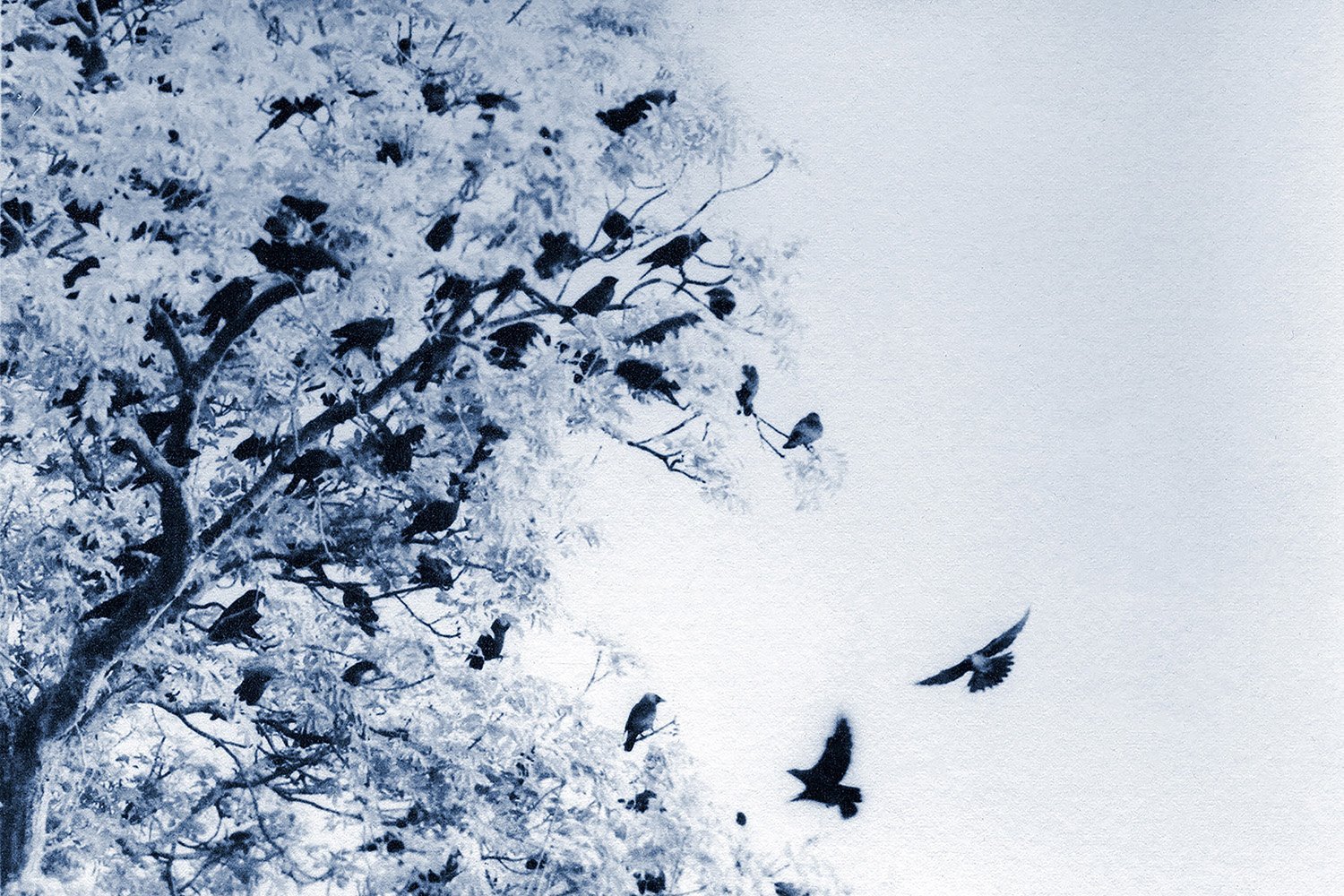
Interview: Deborah Parkin
Website | Instagram
British photographer Deborah Parkin has spent her career creating highly personal work rooted directly in her own family life. Over the last 15 years, she has produced intimate portraits of her children, documenting their fleeting adolescences using a large format Polaroid and wet-plate collodion. These portraits not only serve as family aide-memoire, they also have a universality based in the nostalgic ideal of childhood.
In this interview, we discuss the dual roles of artist and mother which has guided her work thus far, as well as the role of creativity in processing the major life events which come our way, as in her recent cyanotype work responding to the death of a parent.
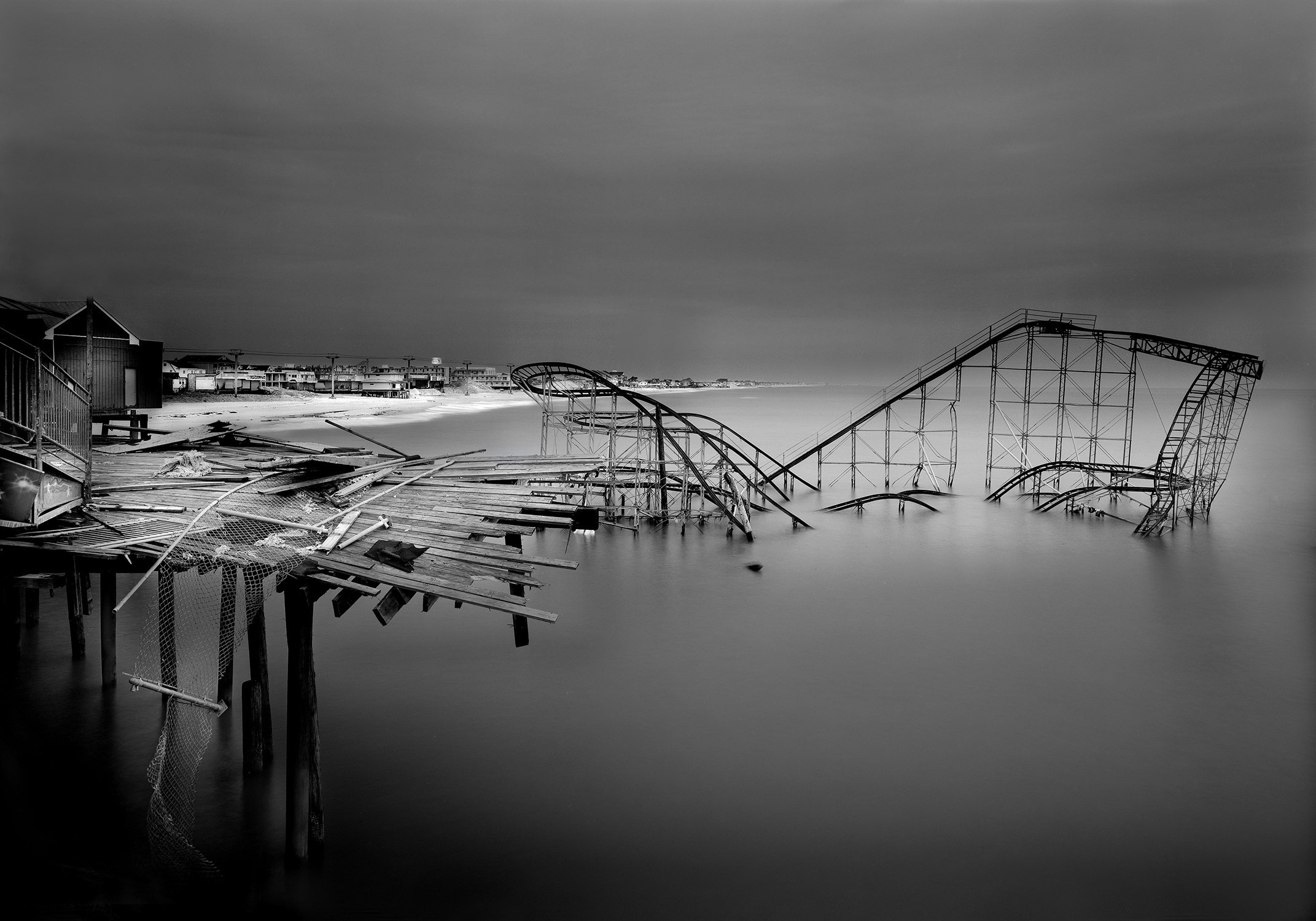
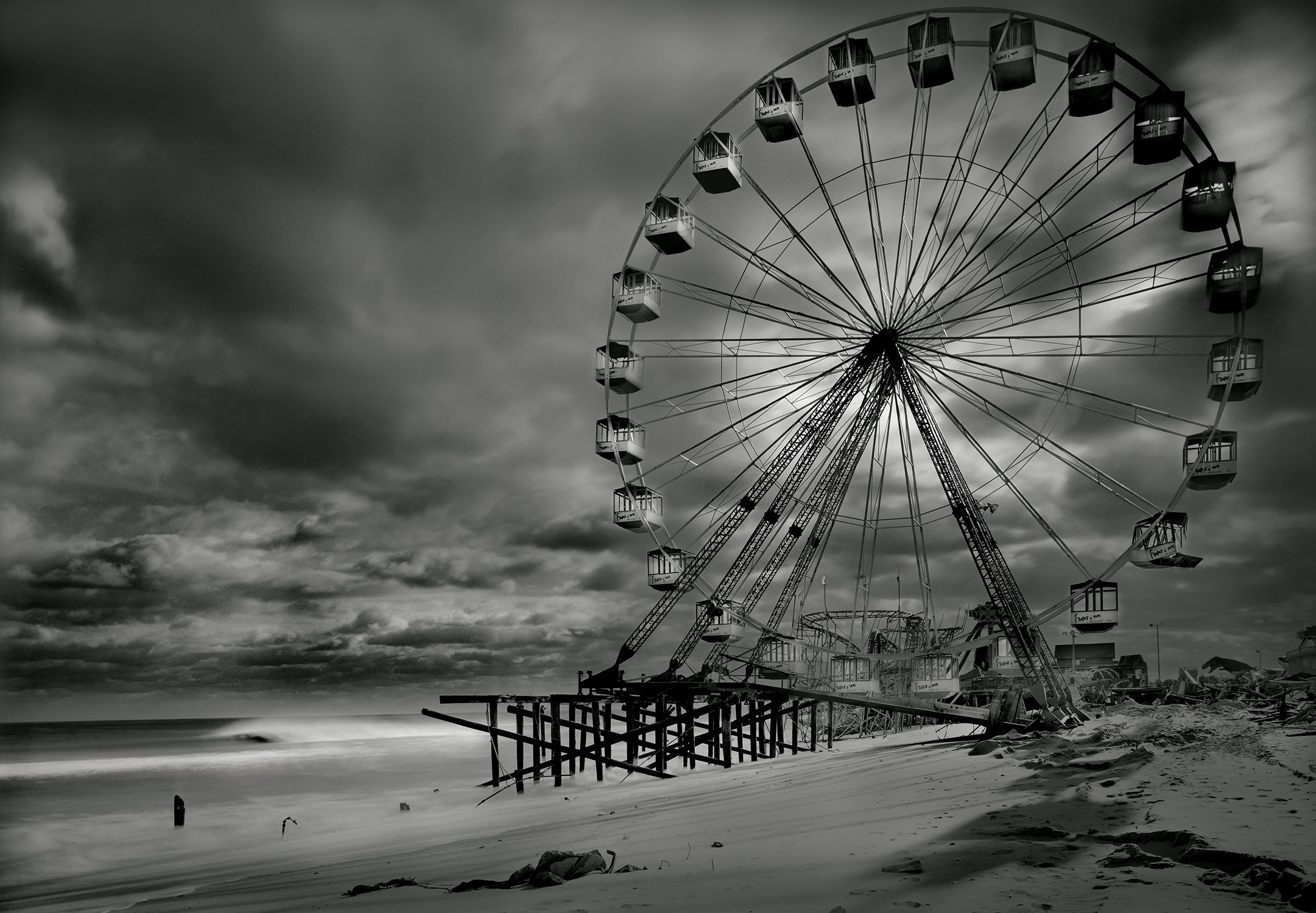
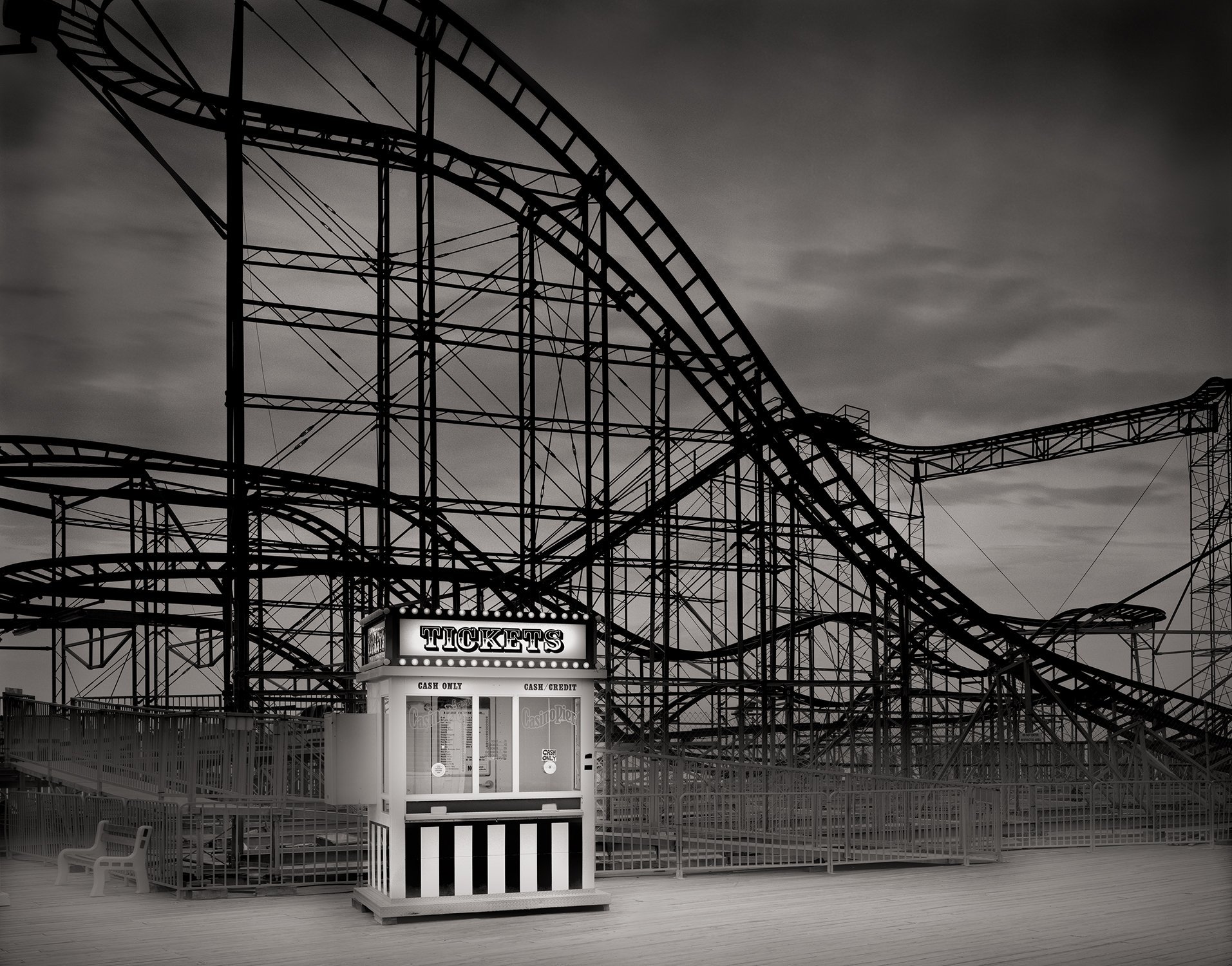
Interview: Michael Massaia
Website | Instagram
Michael Massaia is a fine art photographer and printmaker who has spent the past 15 years documenting areas and objects in New Jersey. His work deals with and portrays isolation and disconnection in an attempt to provide a spotlight on the ordinary things that are extraordinary all around us. He focuses primarily on large format black-and-white film, utilizing a variety of highly modified proprietary analog printing techniques. A “one-man-band,” he works alone and is the sole craftsman, starting the instant the negative is exposed and ending the moment the final print is created. Those unaware of his complex analog approach might assume he shoots and processes digitally due to the quality of the prints he produces. This is definitely not the case, and we are thrilled to share our interview with this master printmaker and photographer, along with a selection of images from his series Afterlife, I, II, and III.
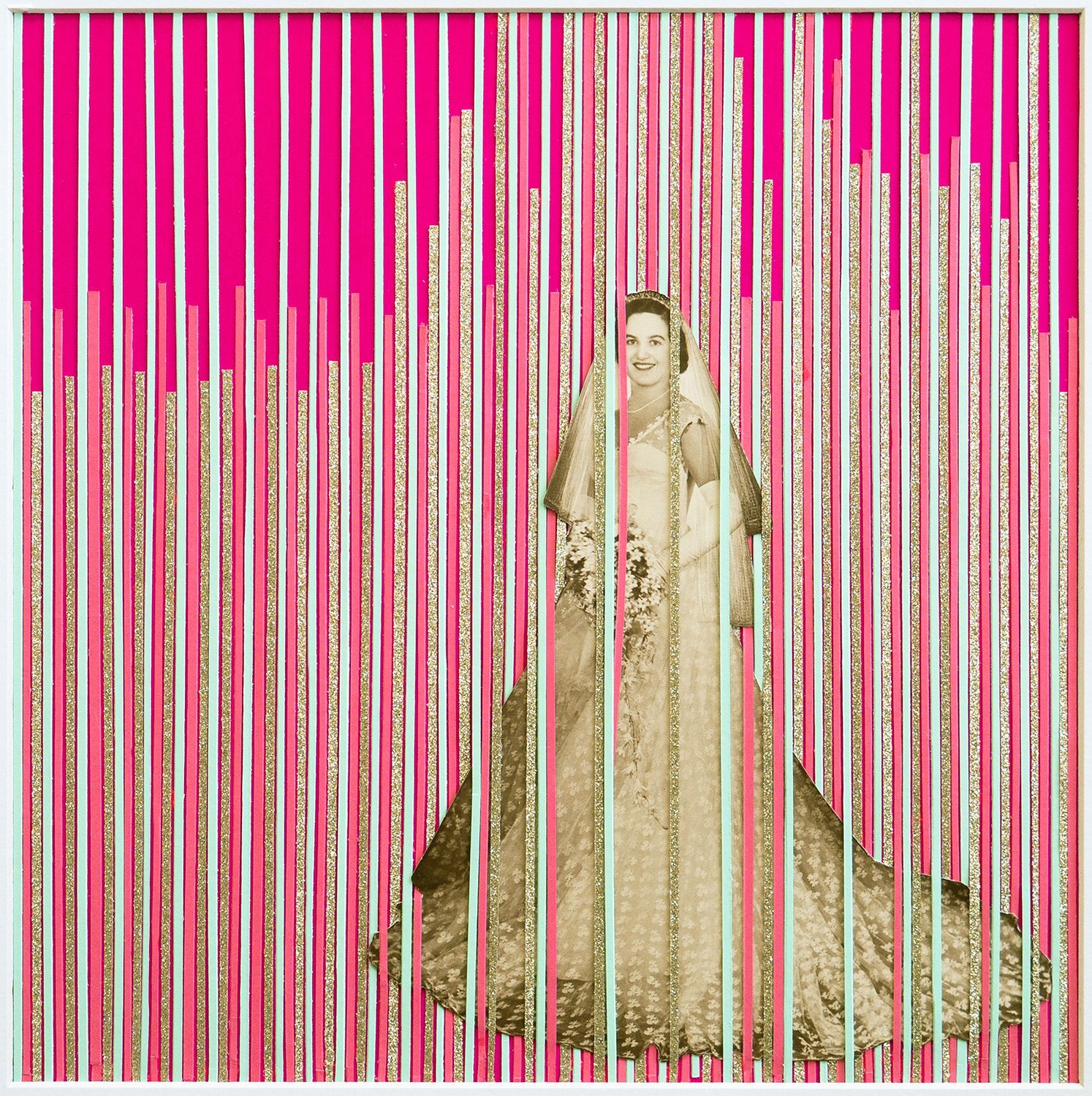
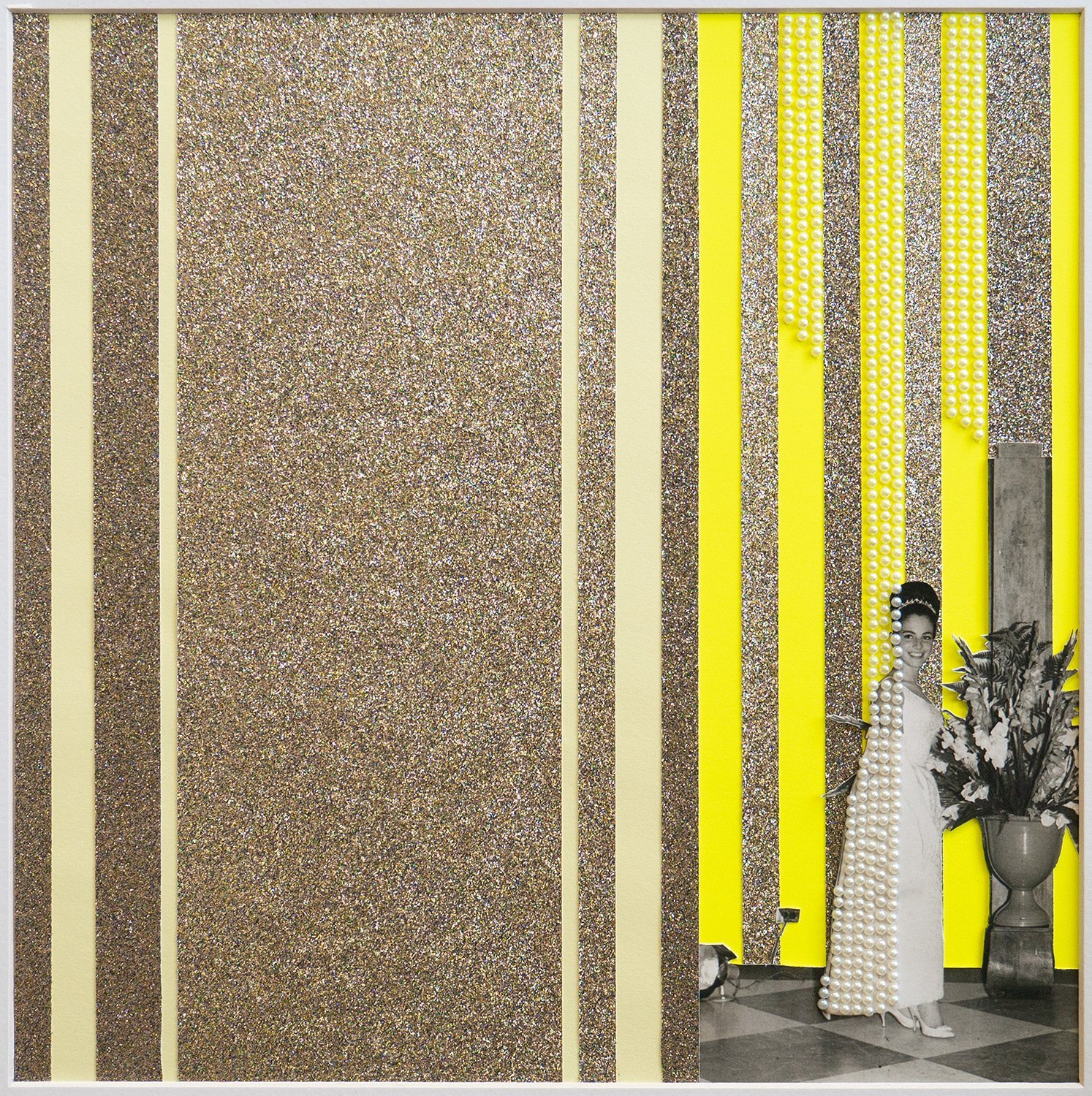
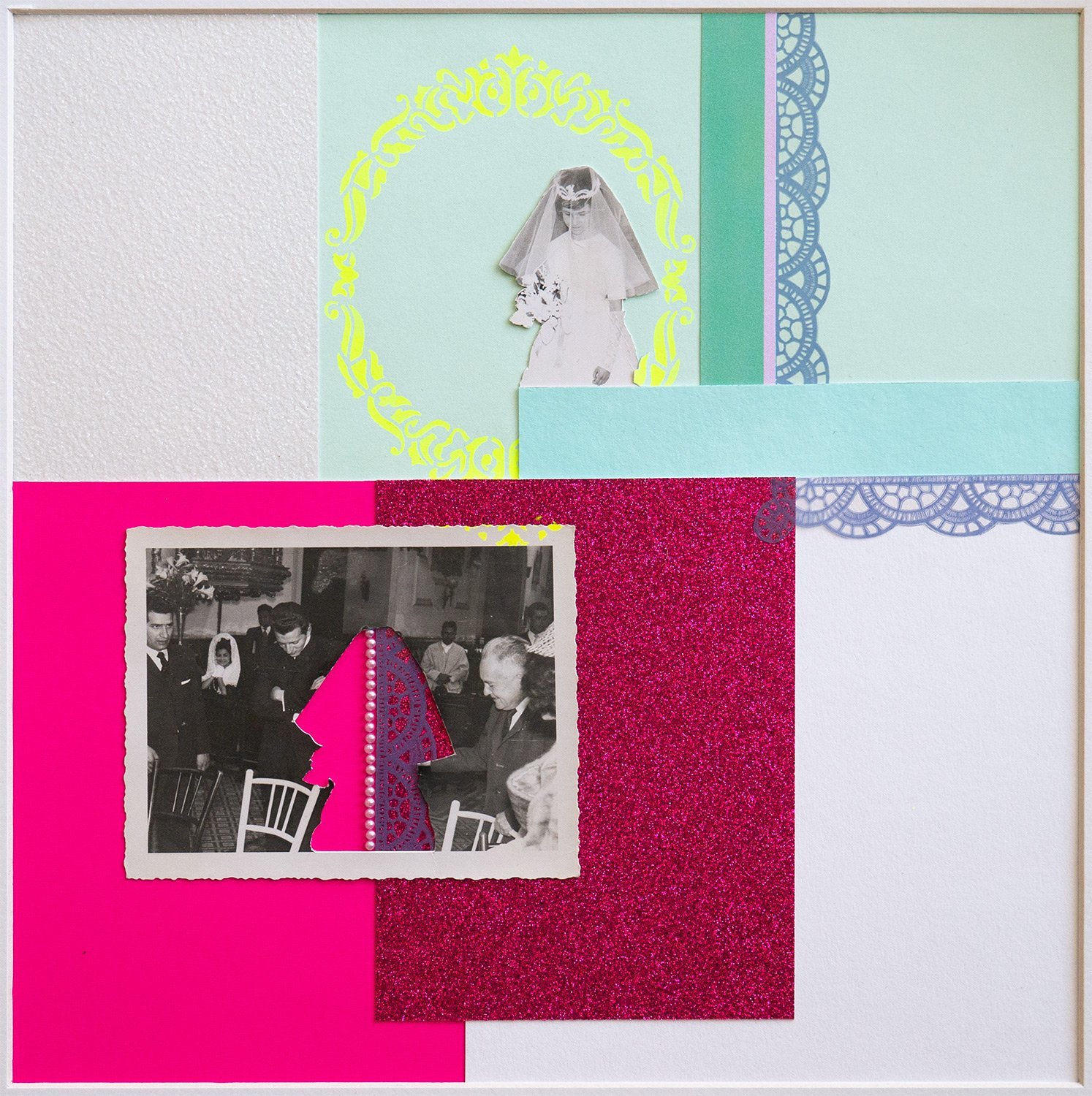
Feature:
Leila Ali - “Brides”
Website | Instagram
Leila Ali (b. Bogotá, Colombia) is a visual artist and independent researcher interested in the medium of photography. Since the beginning of her artistic career, Leila has been interested in working-with-photography, focusing on vernacular found photography and photo archives. In her process, she carefully alters those images employing strategies of mixed-media and collage to explore the photographs as objects. The physical connection between old analog photographs and manual interventions allows Leila to create one-of-a-kind images that interrogate the complex relationship between photography, memory, and identity.
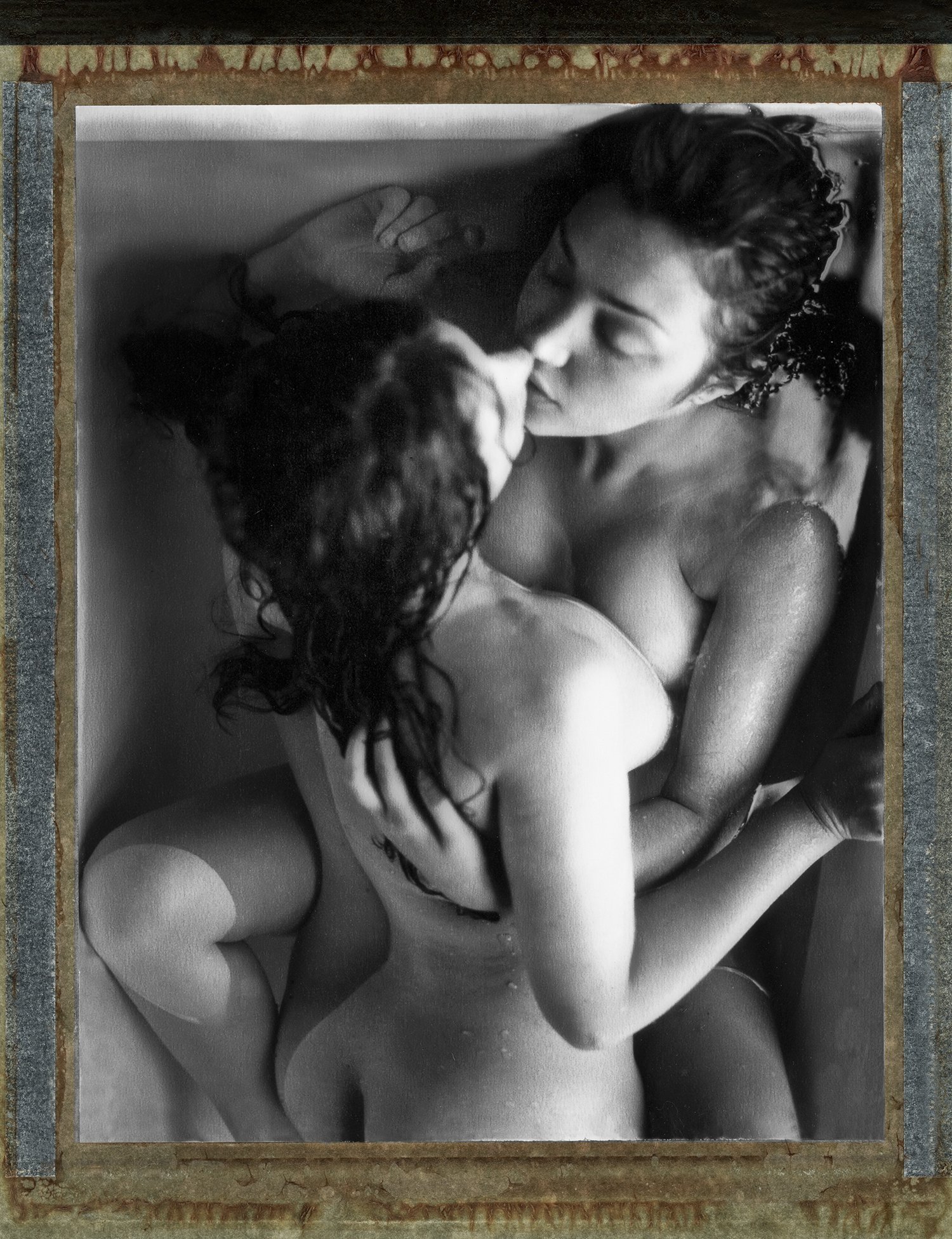
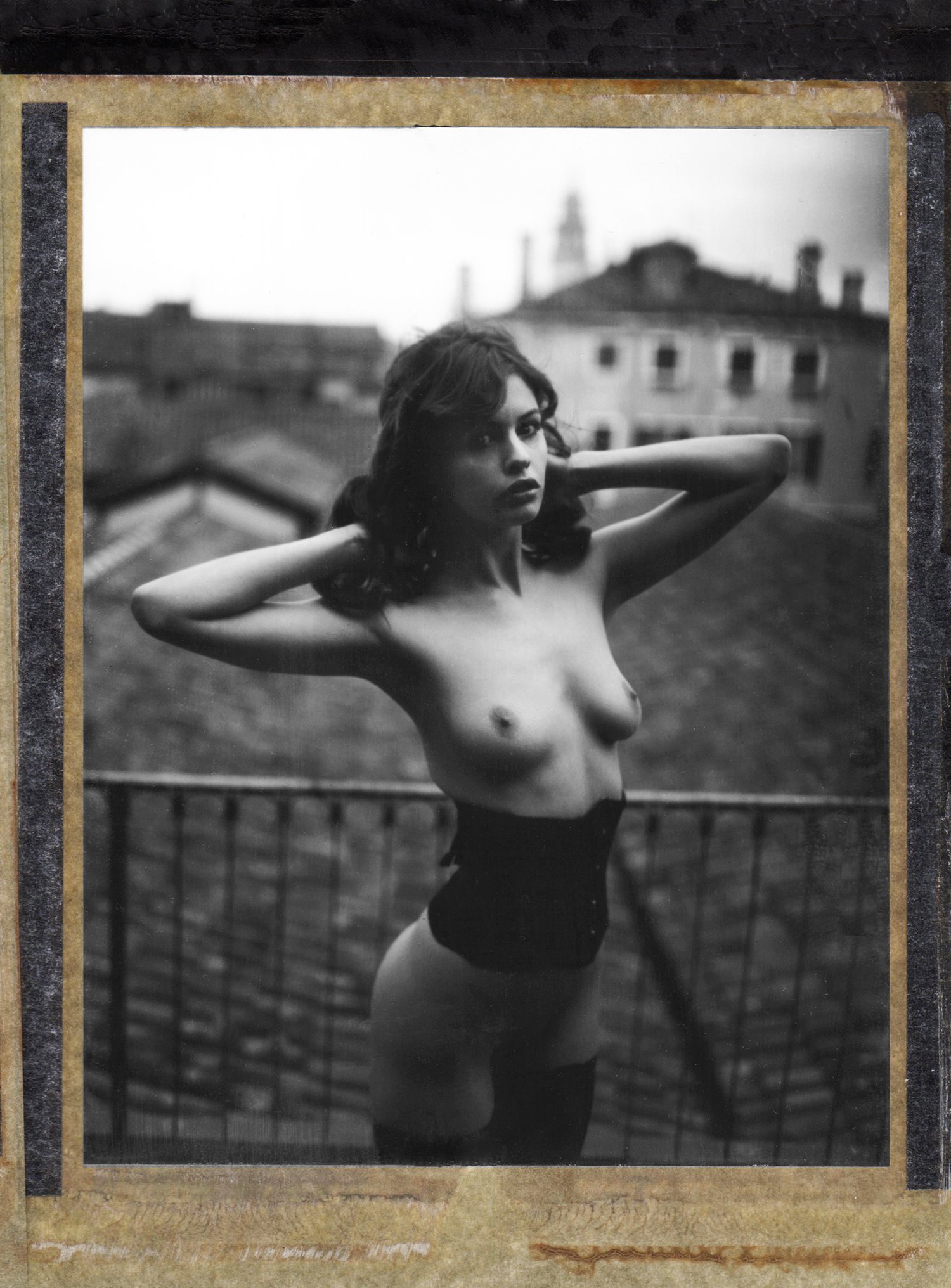
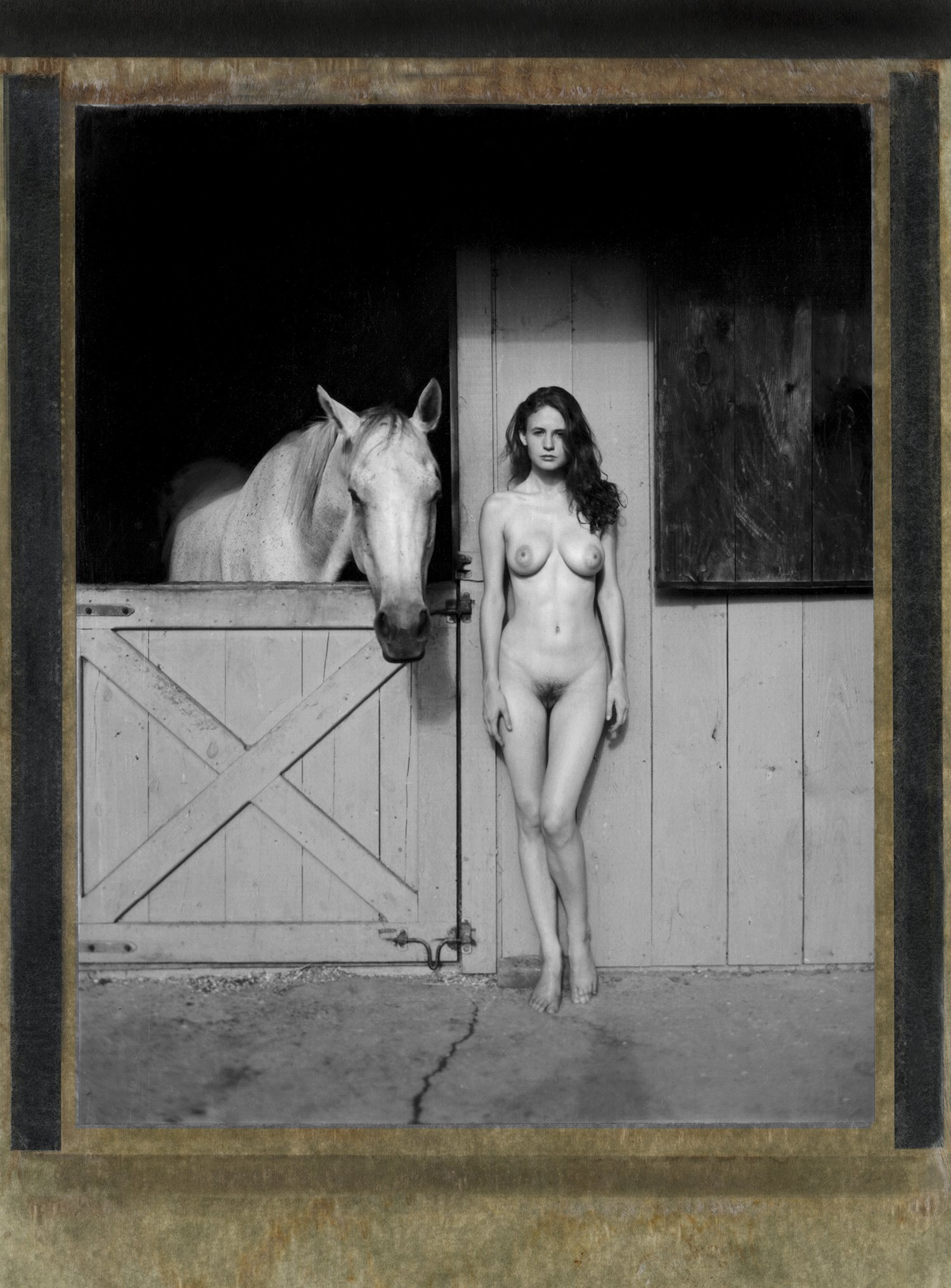
Feature:
Renée Jacobs - “Erotic Journalism”
Website | Instagram
Renée Jacobs doesn’t take photographs of naked women–she elegantly and proudly communicates women’s erotic and often private desires in a unique dance of provocativeness and authenticity created by a deep and trusting relationship between photographer and model. With this trust, she examines the difference between our public and private personas and how we express—or conceal—our dreams and fantasies. Armed with expired Polaroid Type 55 instant film and her converted Land Camera 110b, she tackles the expansive debate surrounding the way women are objectified and represented not just within the art world, but in society as a whole; with her unique style and process she describes as “erotic journalism.”
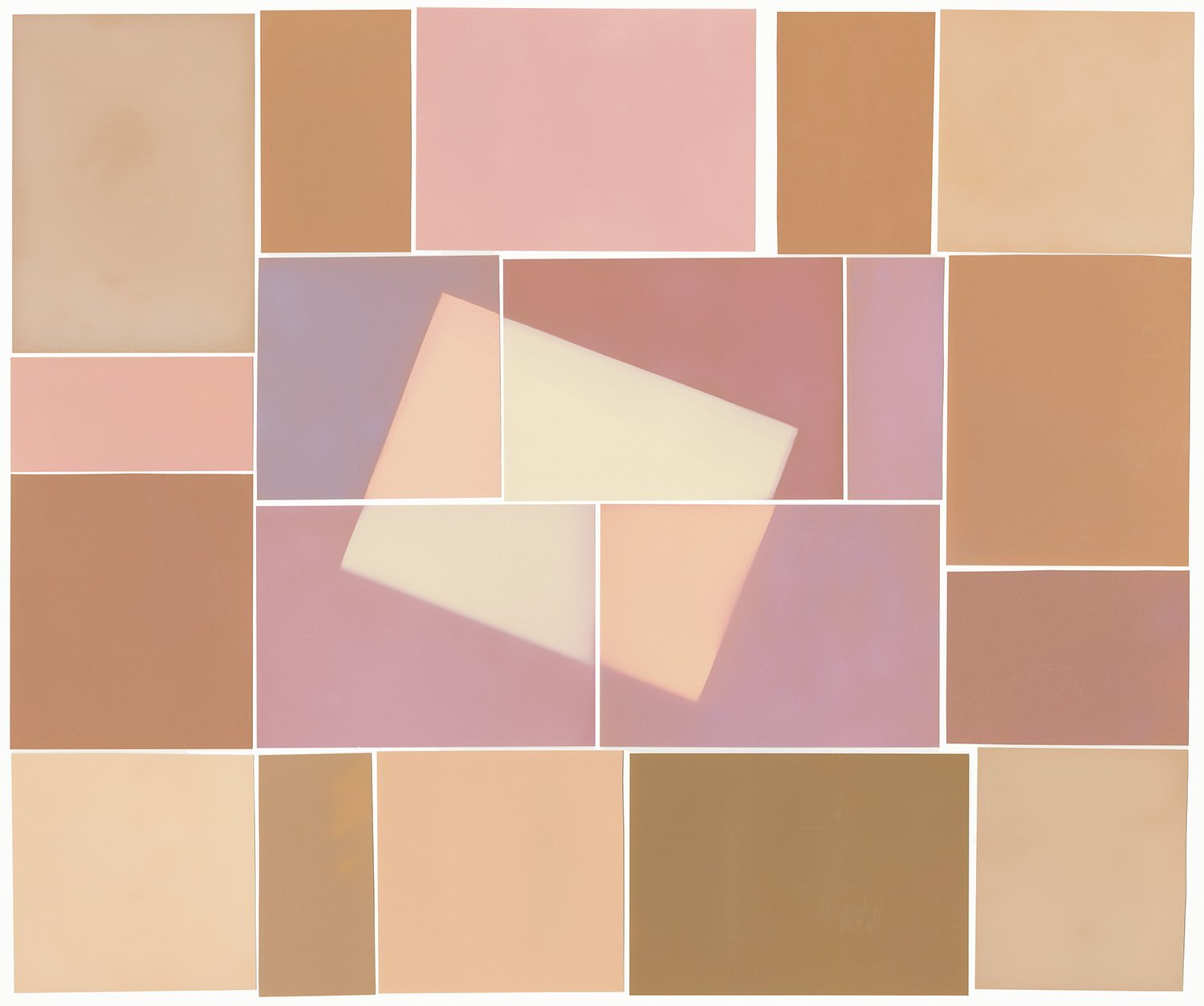
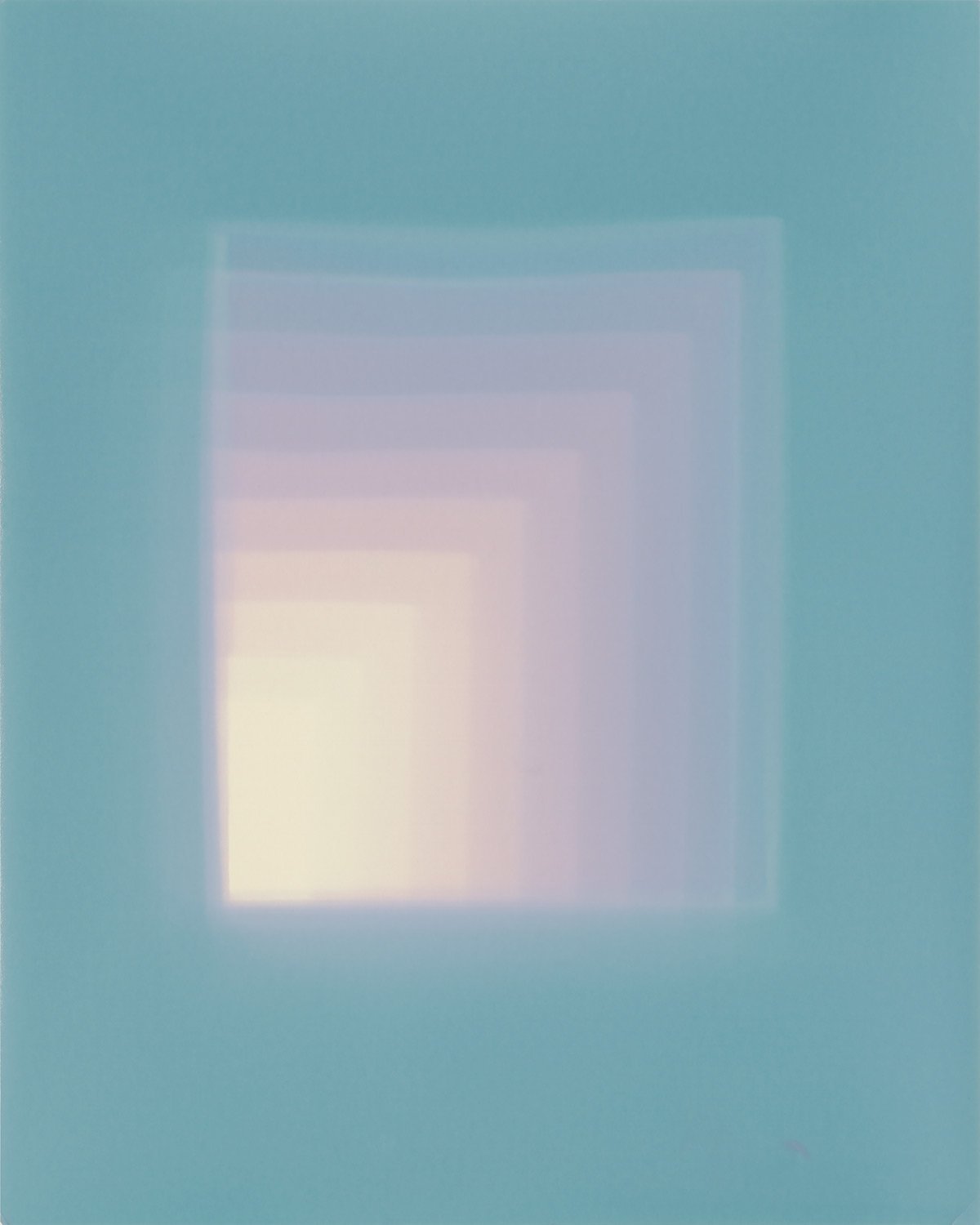
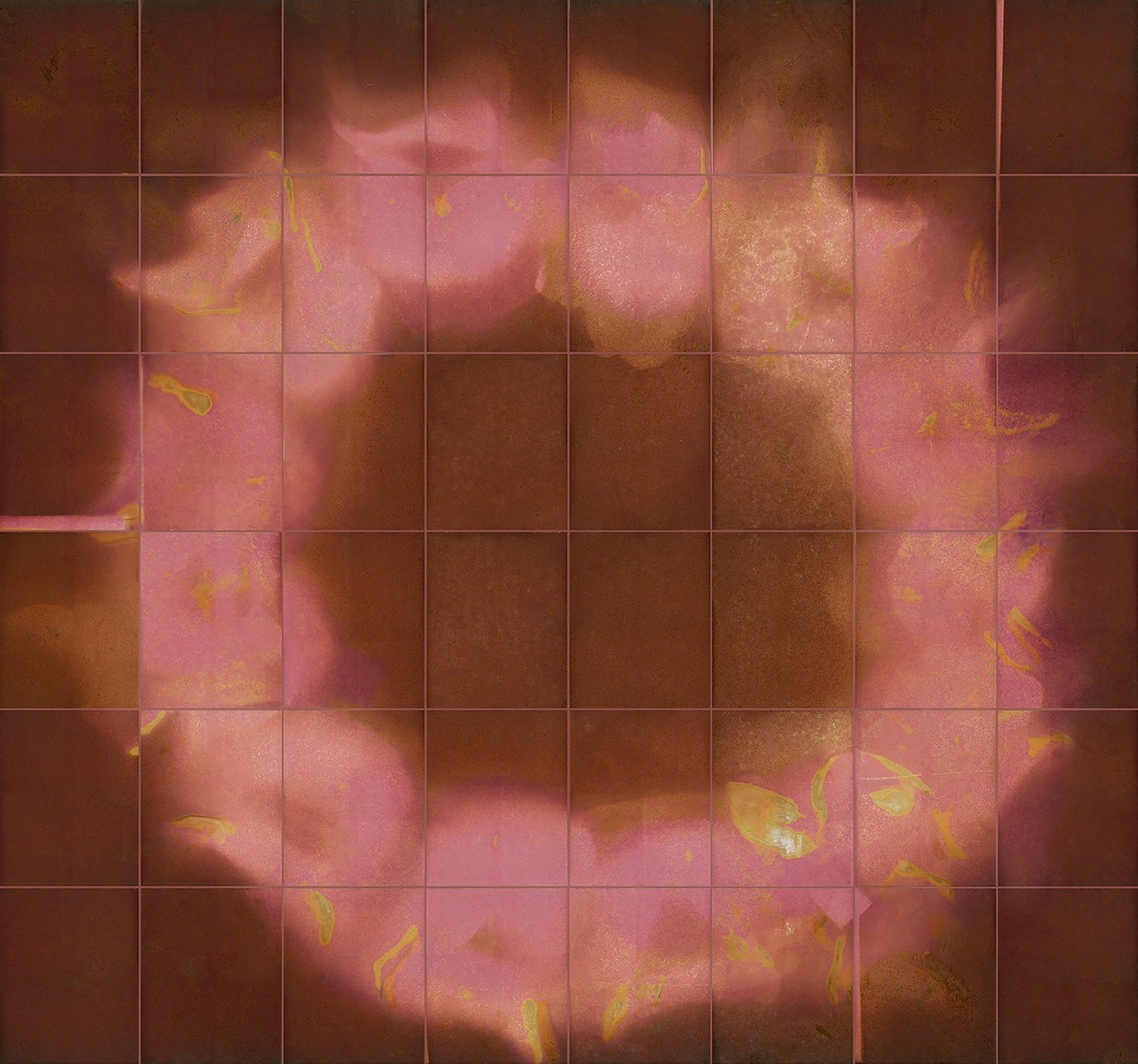
Interview: Amanda Marchand
Website | Instagram
Amanda Marchand is a Canadian, New York-based photographer. Her work explores the human condition with a focus on the natural world and an experimental approach to photography. In our wide-ranging interview with Marchand, we have the opportunity to learn of her beginnings in photography, methods, and embrace of the written word in her work. The question, “What is a photograph?” is central in her practice and directs each project in a different way using a variety of processes, including traditional film, lumen printing, anthotype, as well as exploring the act of making photobooks.
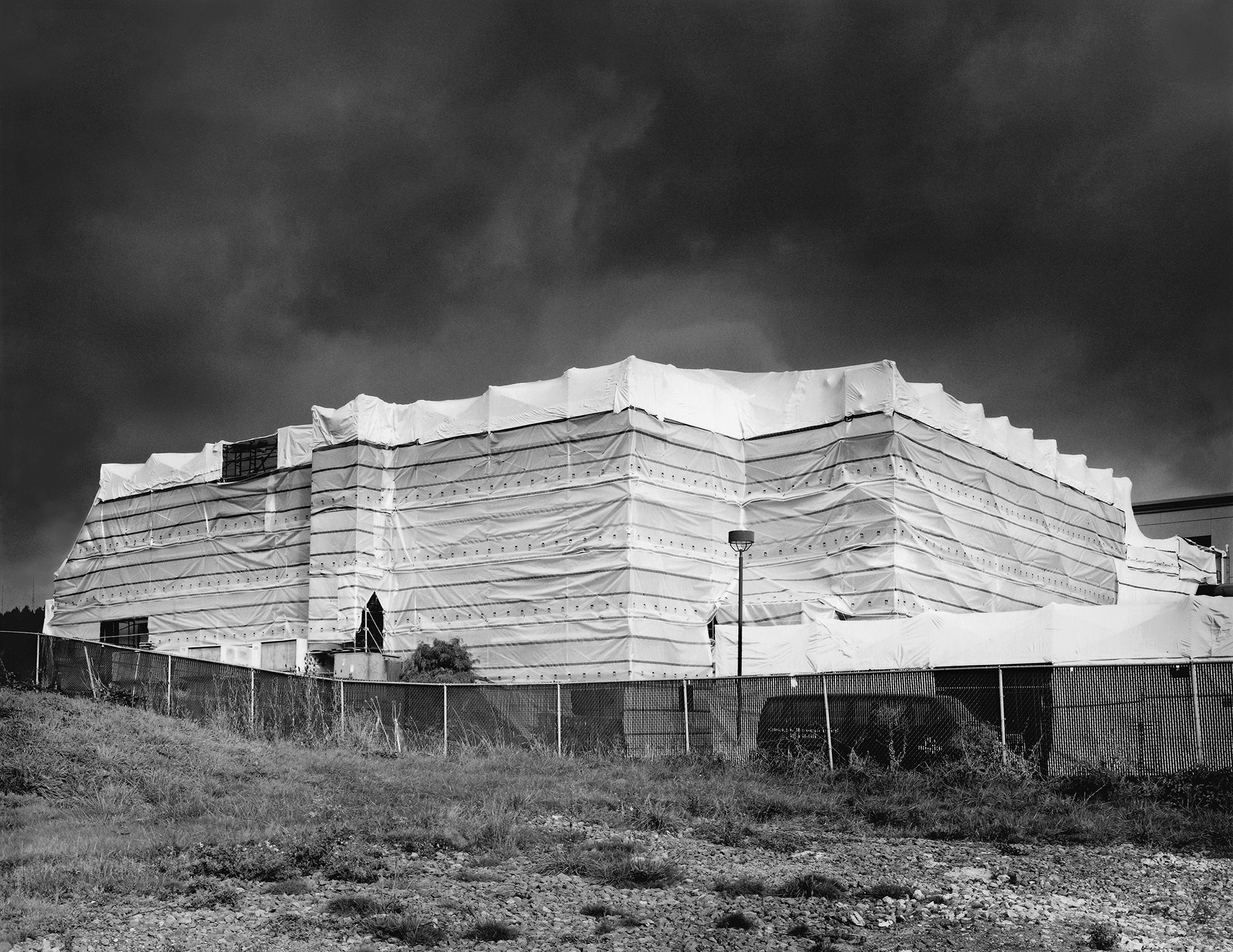
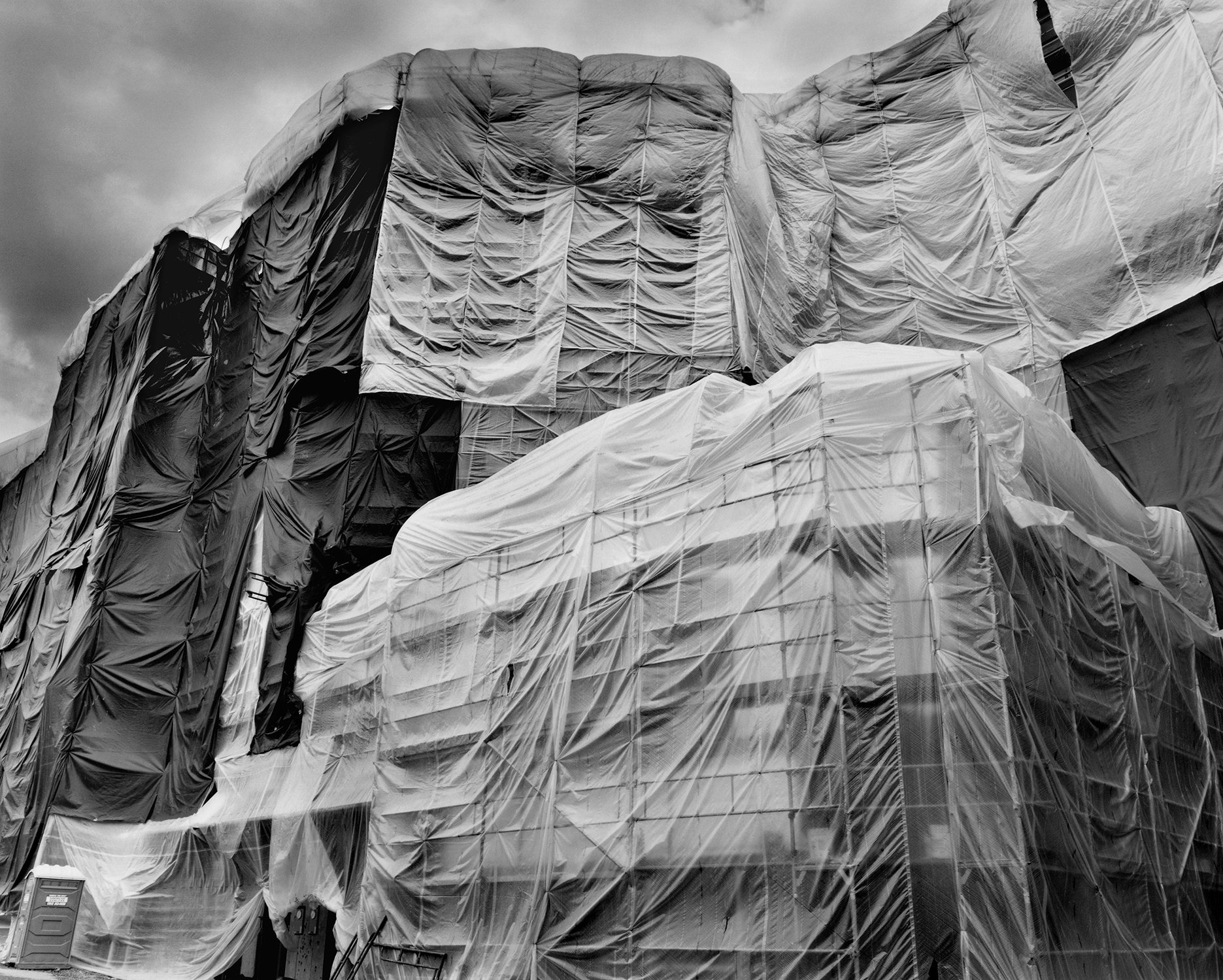

Feature:
Loren Nelson - “Under Wraps”
Website
Oregon-based large format photographer Loren Nelson understands that certain events align in often perfect rhythmic order, allowing him to be on-location photographing at the exact time and place he was destined to be. His series, Under Wraps, documents plastic-draped new architecture in front of stormy dramatic skies that only remain covered for short periods, often for only a few days, as their new insulation dries under their protective layer. Each otherworldly scene is a synchronistic story of finding the ideal vantage point to anticipate changing light conditions, wind, and other challenges while also serving as a commentary on change, their ghostly shrouds masking their internal metamorphosis.
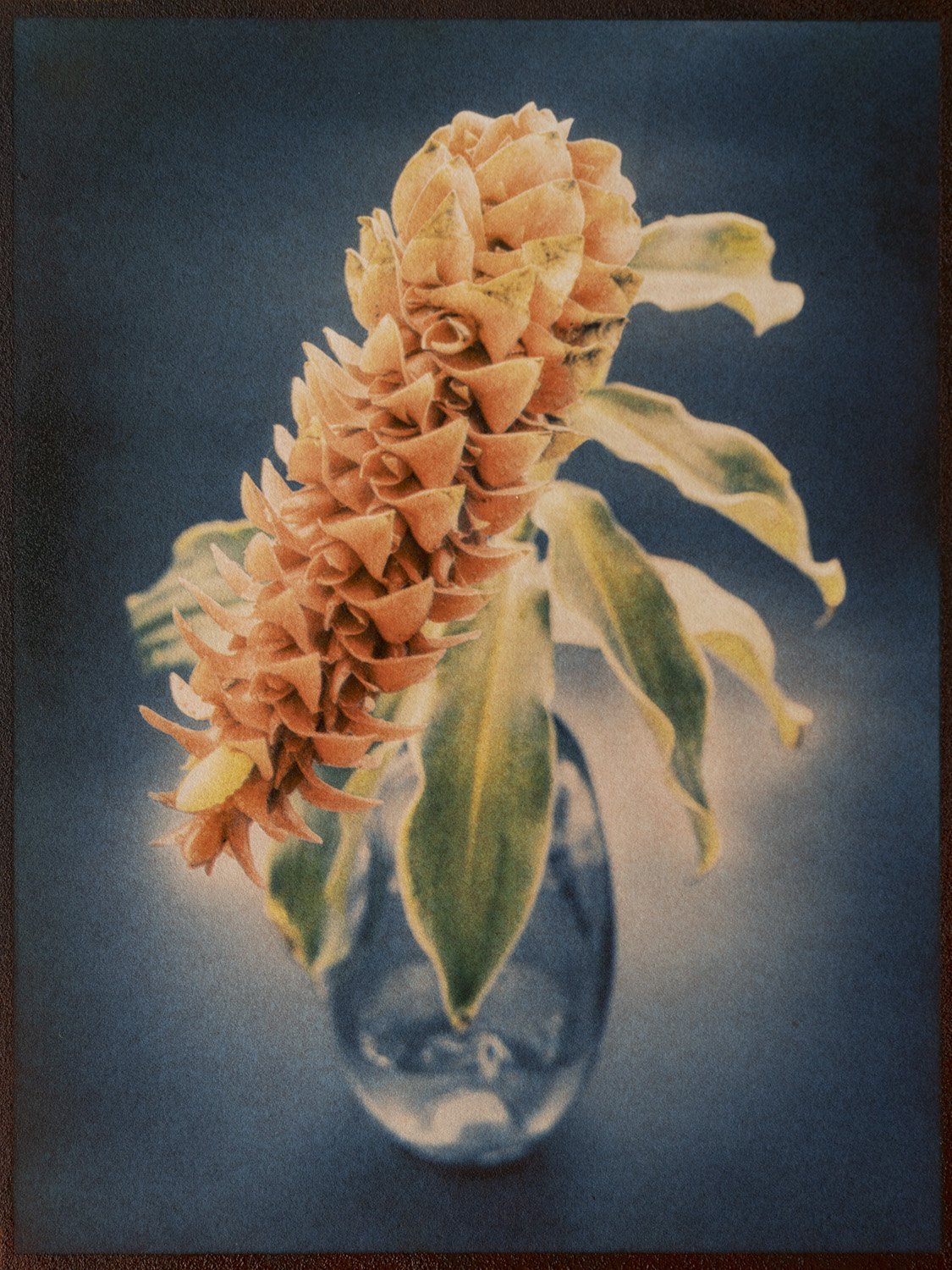
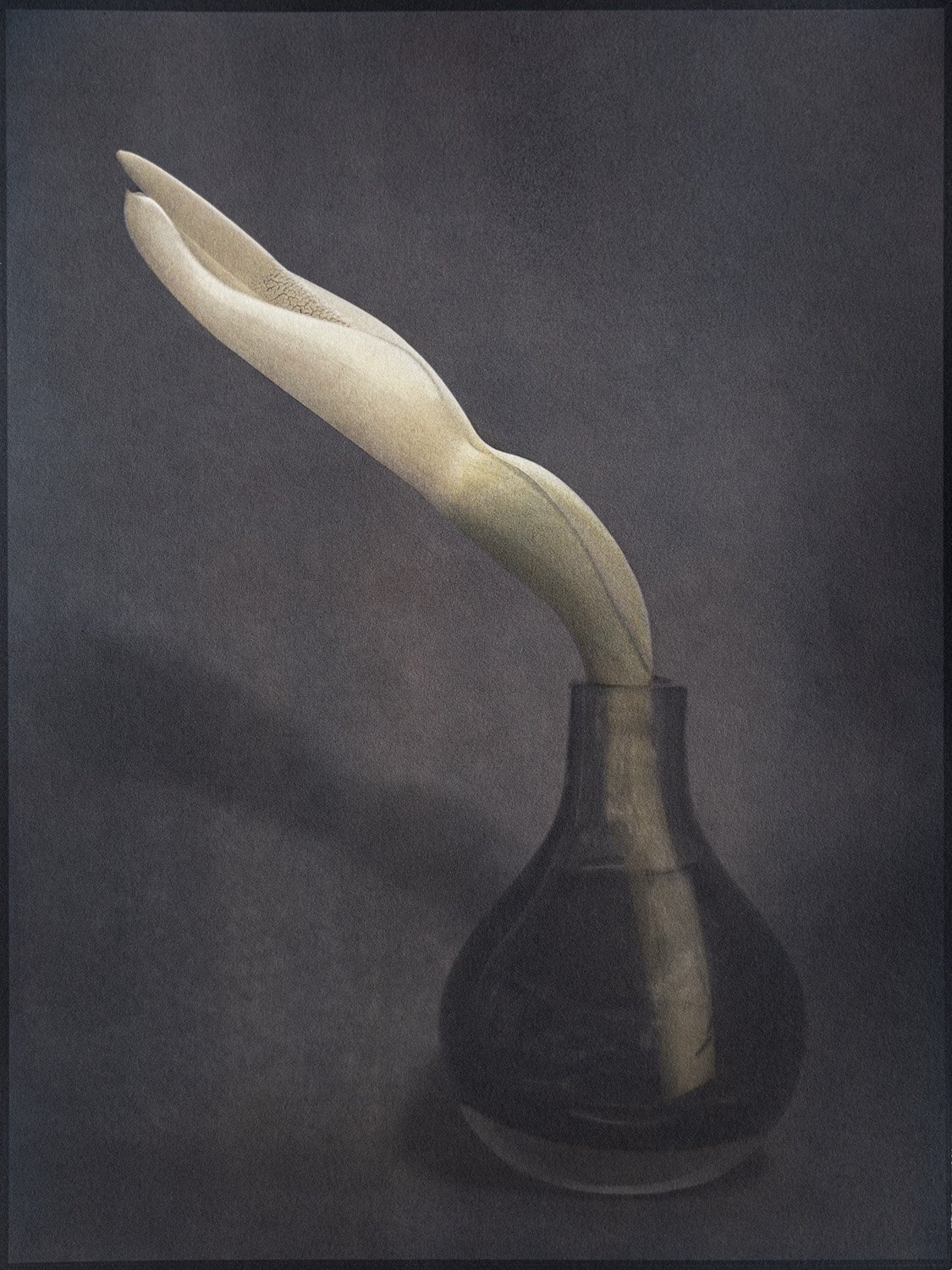
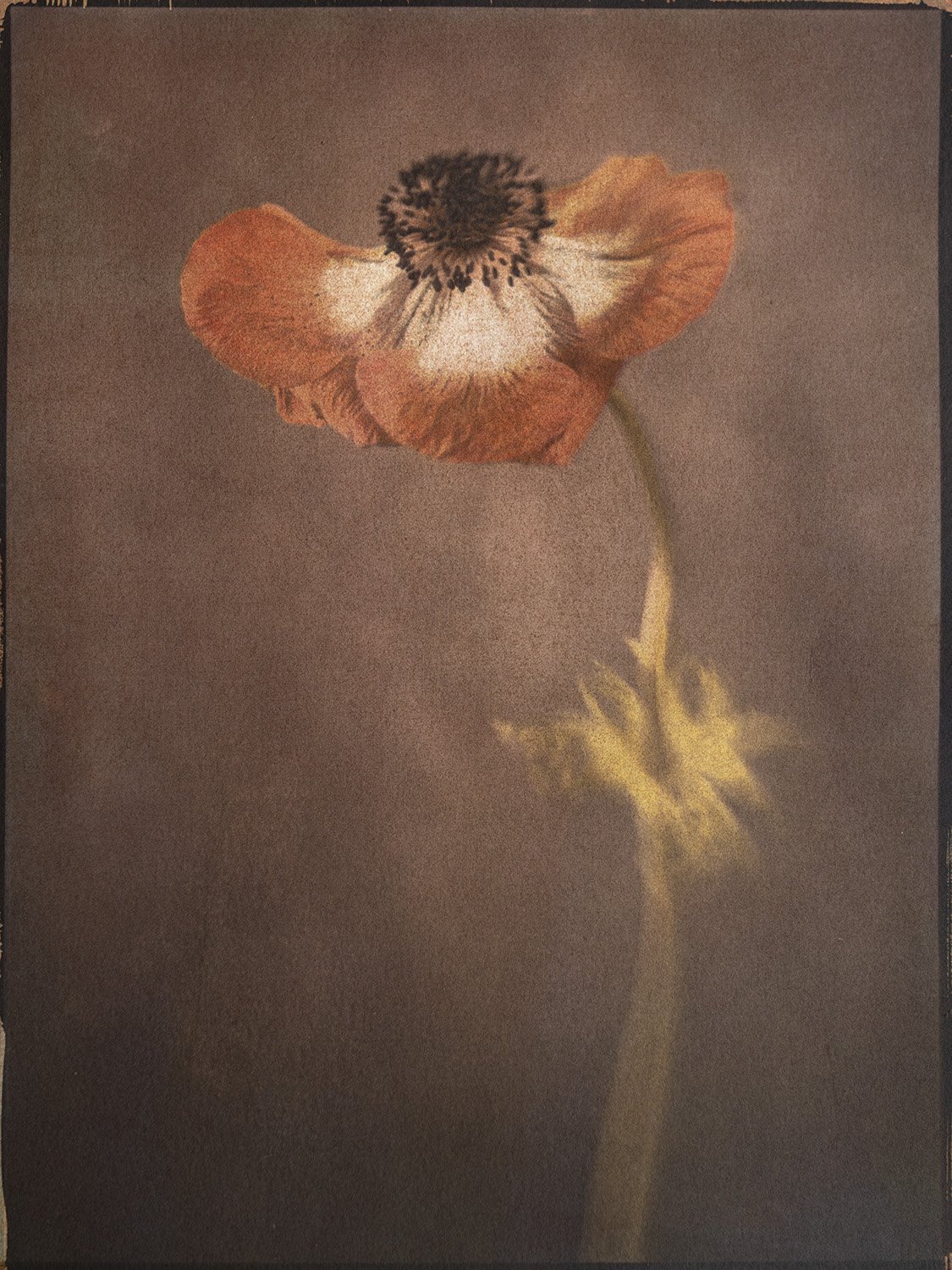
Feature:
Graciana Piaggio - “There Will Always Be Flowers”
Website | Instagram
Graciana Piaggio is an artist who has combined her training in painting with her love for photography in her gum bichromate still life prints. Always seeking inspiration in nature, in the early days of Covid she turned her lens towards the flowers in her garden outside Buenos Aires as a way to connect with something of beauty in a time of isolation. Building her full color prints with layer upon layer of pigments over the course of many days, each piece represents a unique dialog between subject and artist.
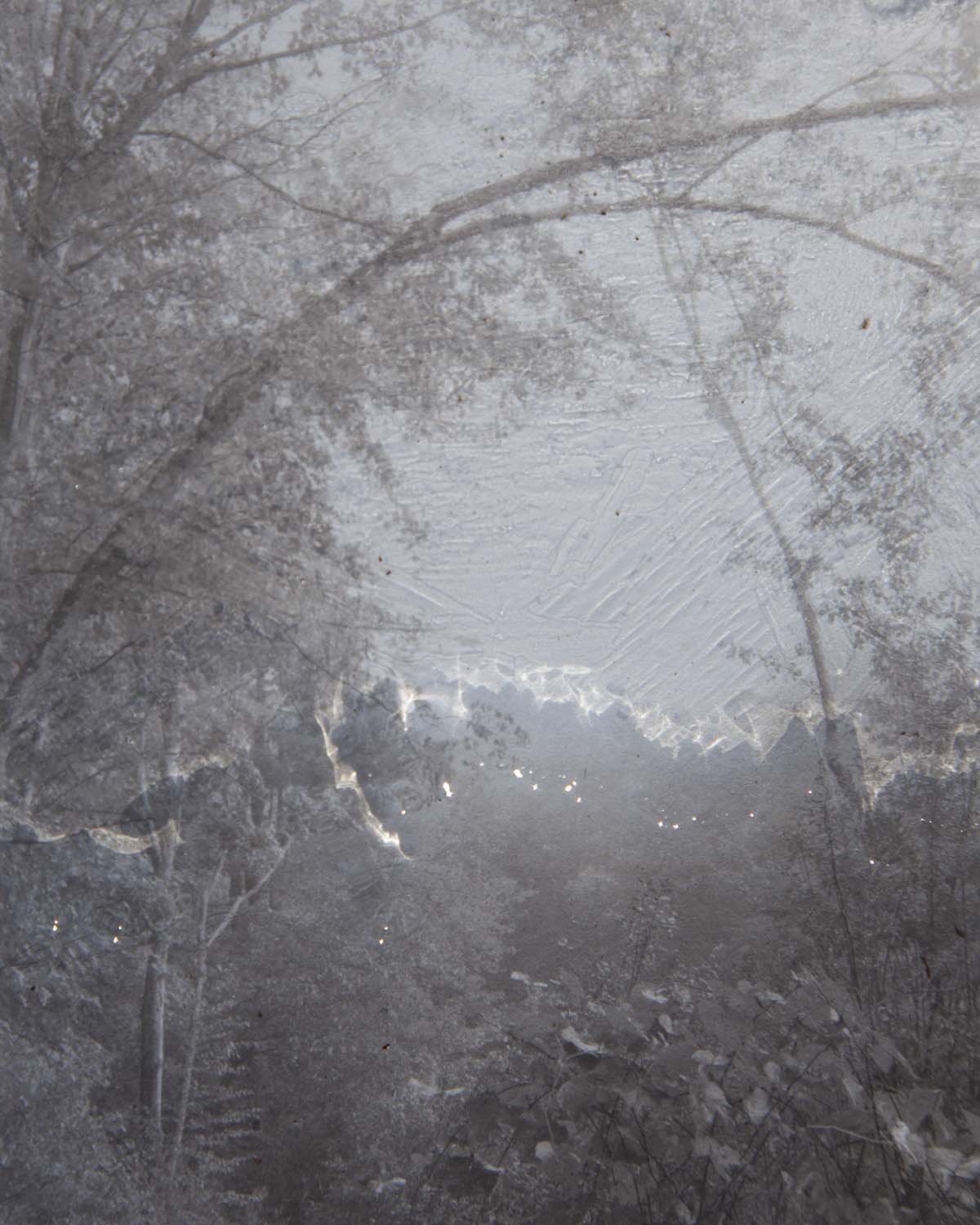
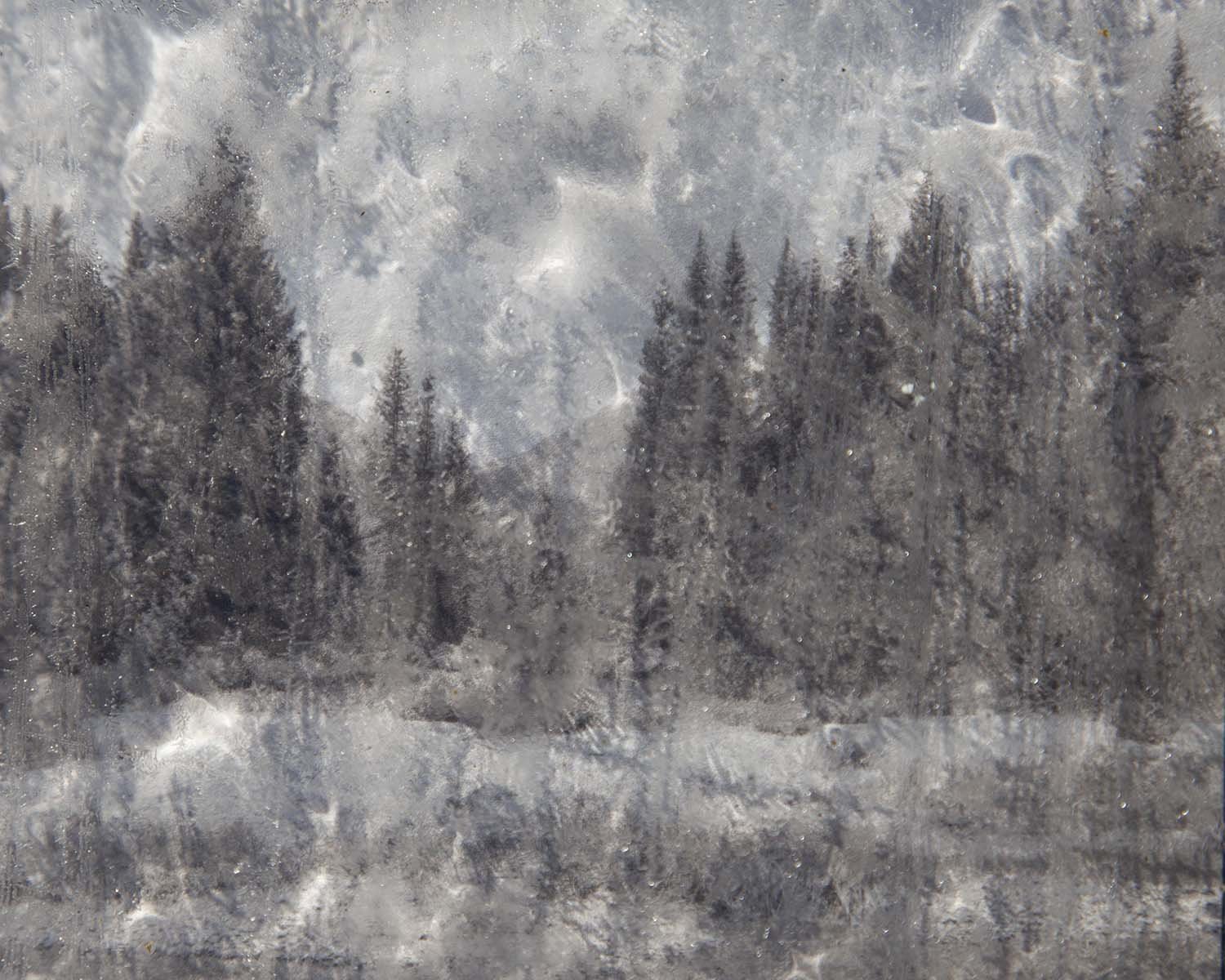
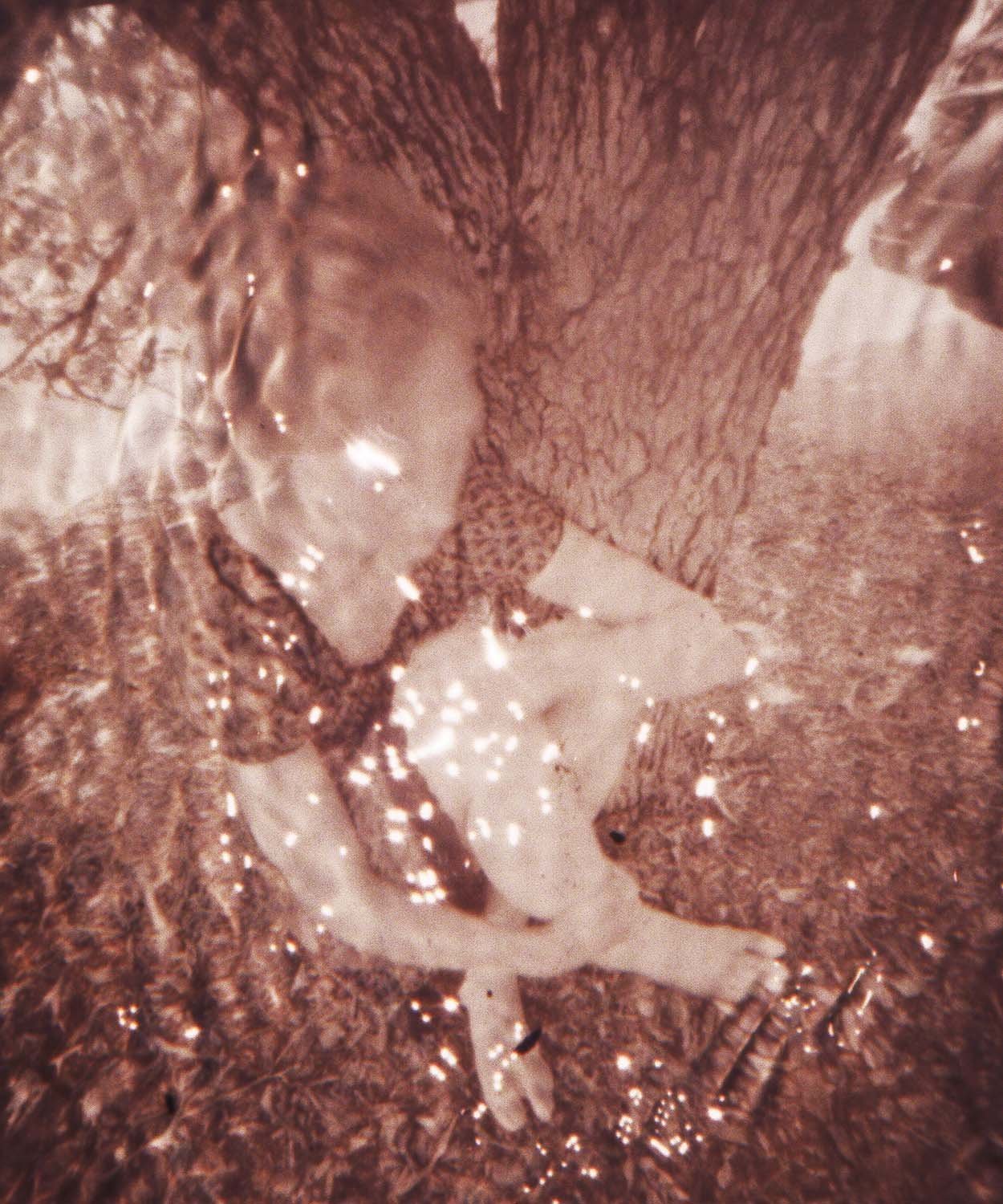
Interview: Amy Sue Greenleaf
Website | Instagram
Alternative process and photographic artist Amy Sue Greenleaf unites chemistry with creativity in her Hydroscapes and Waterborne series. Her work is a perfect marriage of science and art, created by submerging palladium prints in flowing streams which she then re-photographs while the water washes over them. What results are stunning metaphors for what Amy describes as “a multifaceted approach to photography with the intent of creating dreamlike images that resonate with the viewer to stir emotions.”
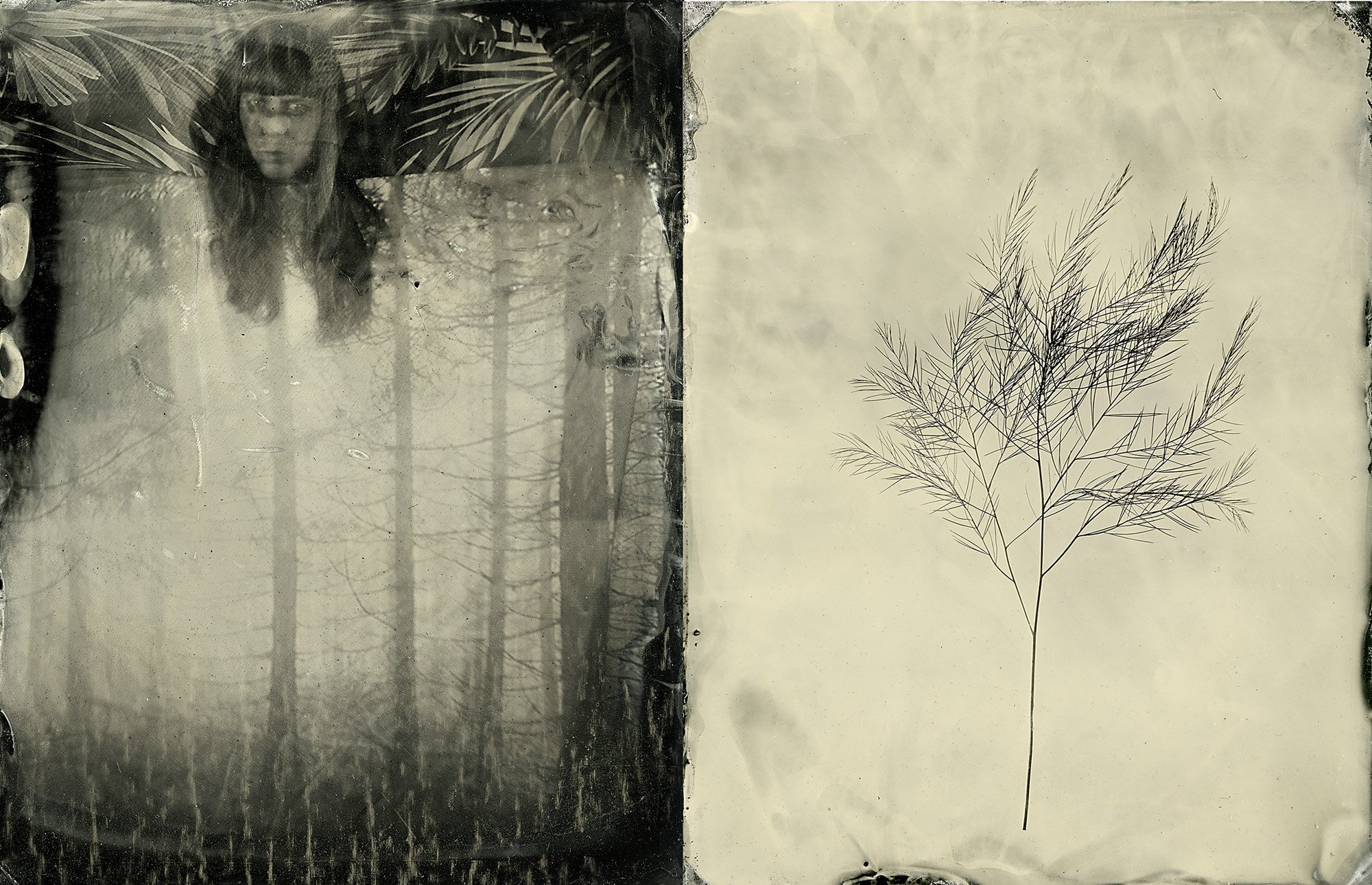
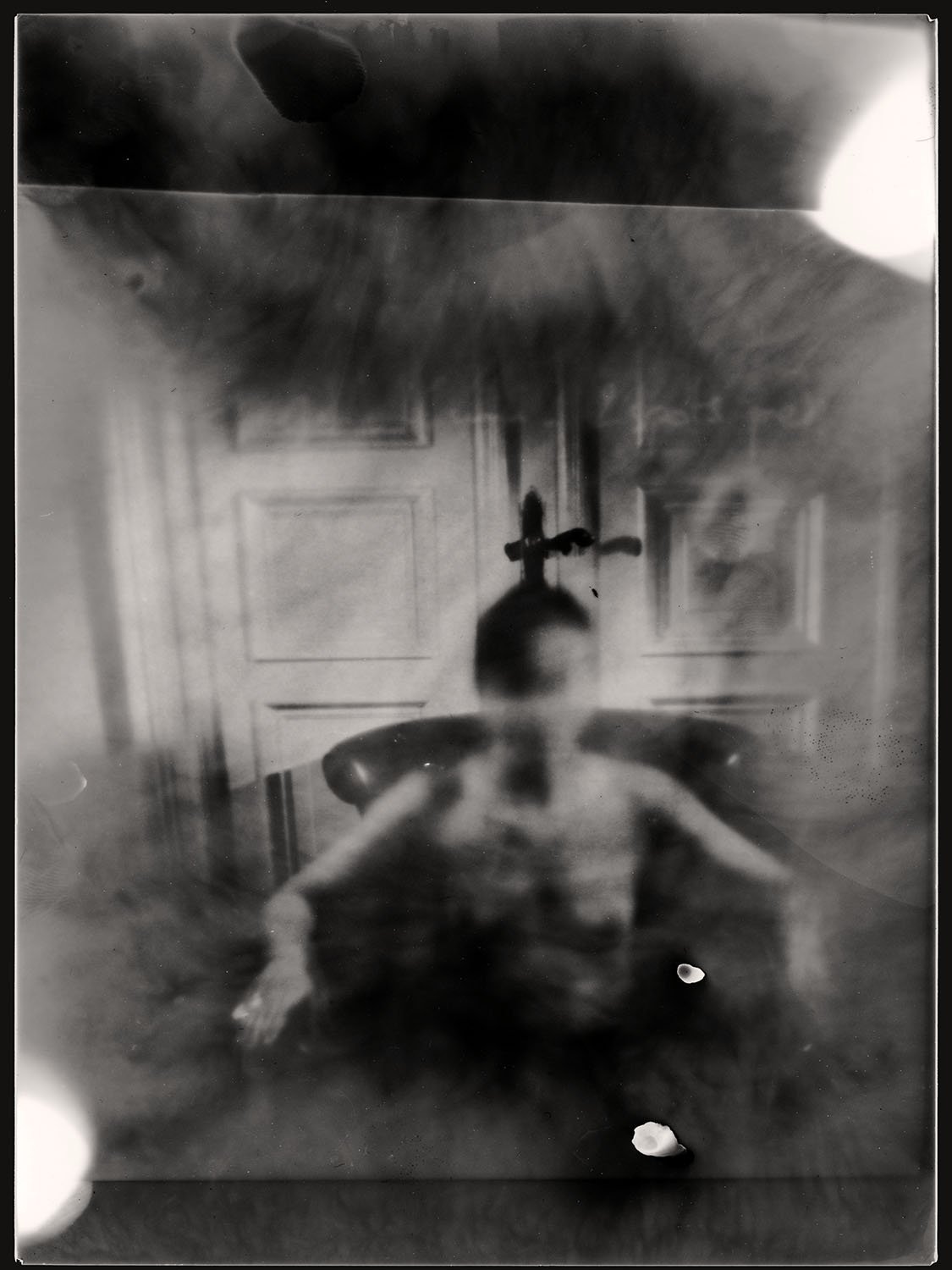
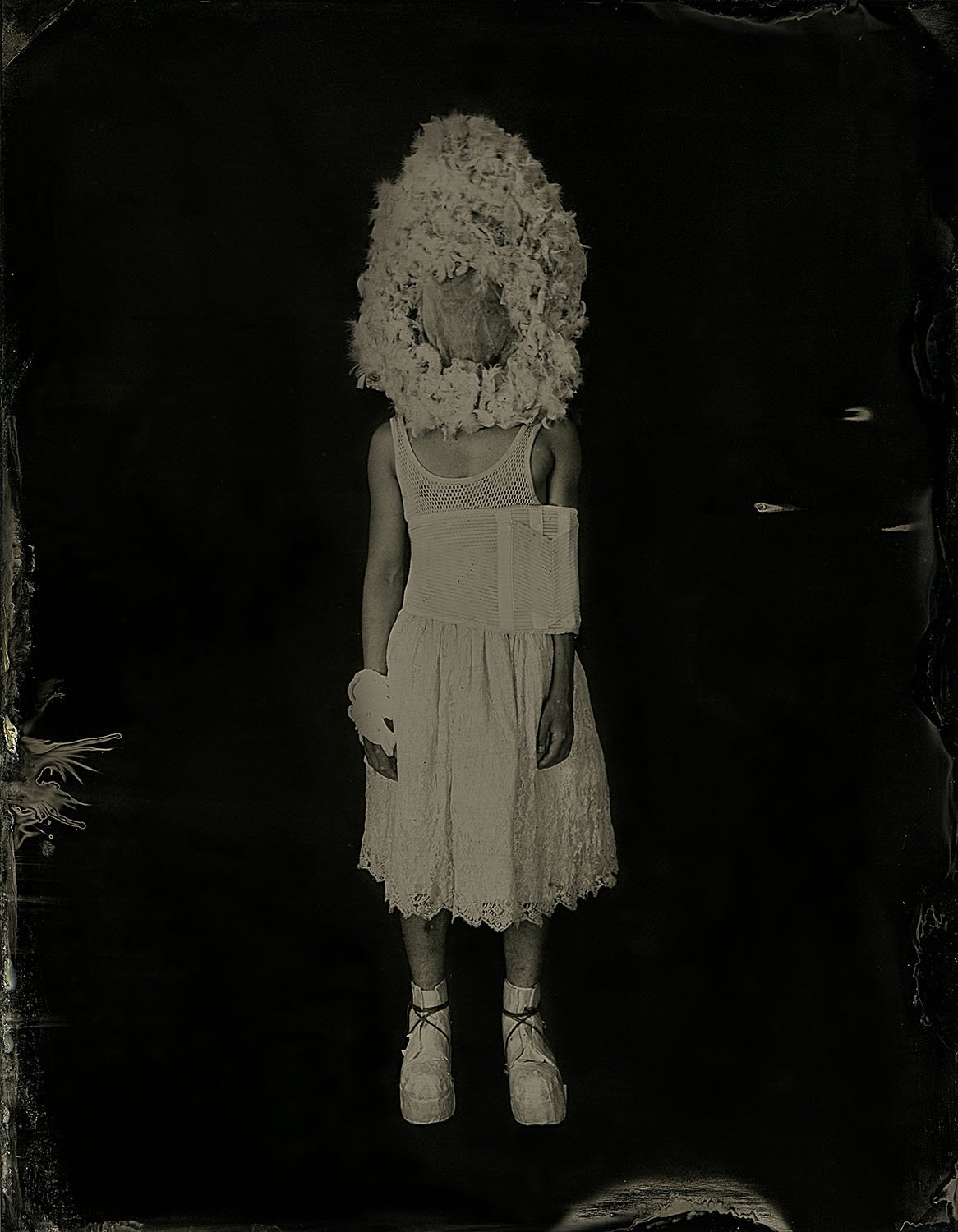
Feature:
Manon Weiser - “What We Loved Was Not Enough and Other Stories”
Website | Instagram
Manon Weiser is unafraid of the dark. She is a tactile photographer, using historical methods such as ferrotype (tintype) and lensless to tell stories and explore humanity’s greatest fears and deepest secrets. We are featuring two of her series: What We Loved Was Not Enough, which aims to show the balance of body and nature through self-portraiture using ferrotype diptychs, and La Fête Triste, which uses alternative photographic processes and a pinhole camera to convey how memory often returns to us as fragments and feelings rather than complete images.
or


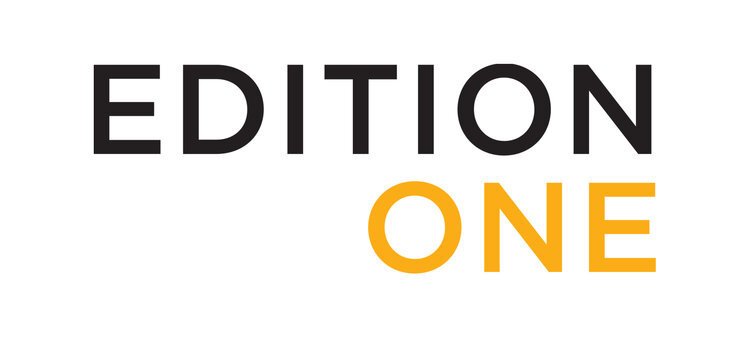


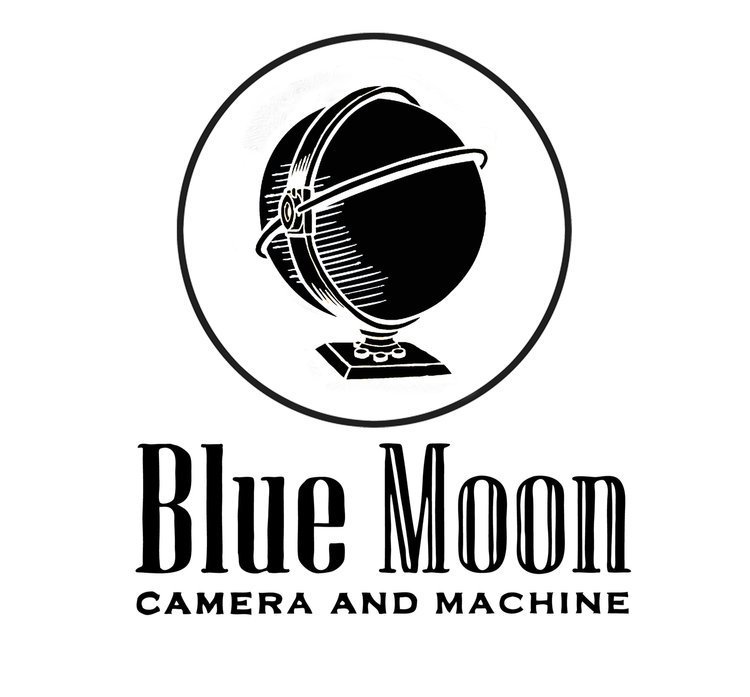


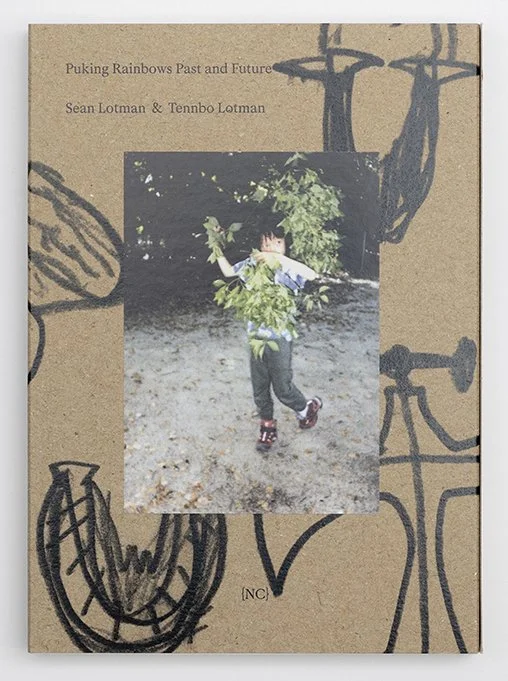


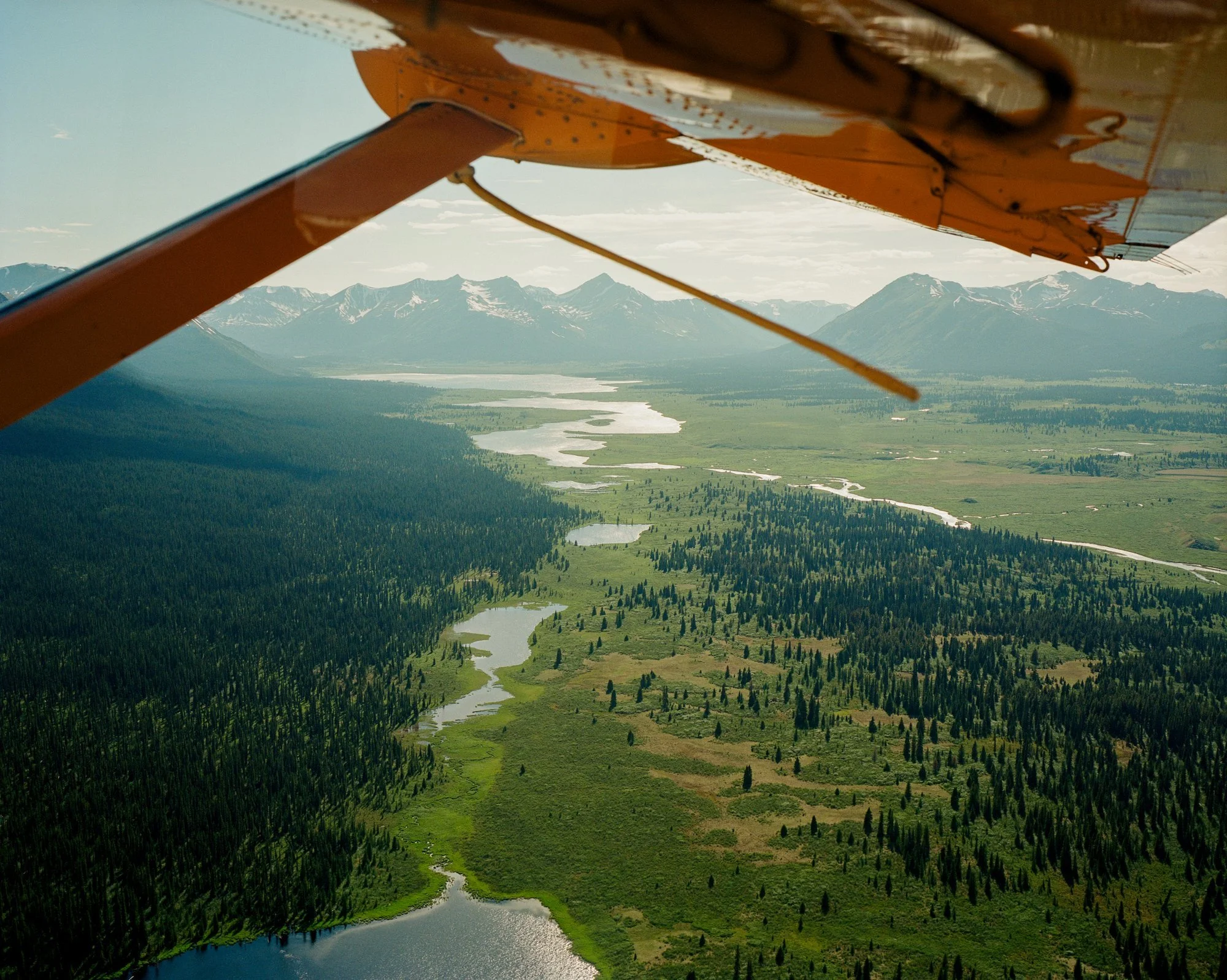





In This Room Will Survive Me, Cindy Konits uses afternoon light, architecture, and expired instant film to examine interiority as something formed in the rooms we inhabit. Through long, uncertain exposures and chance-driven chemistry, her images merge body, space, and memory into scenes that feel lived rather than observed. The work leaves a quiet proposition: our inner lives are shaped in thresholds, light, and time, and rooms continue to shape us long after we’re gone.